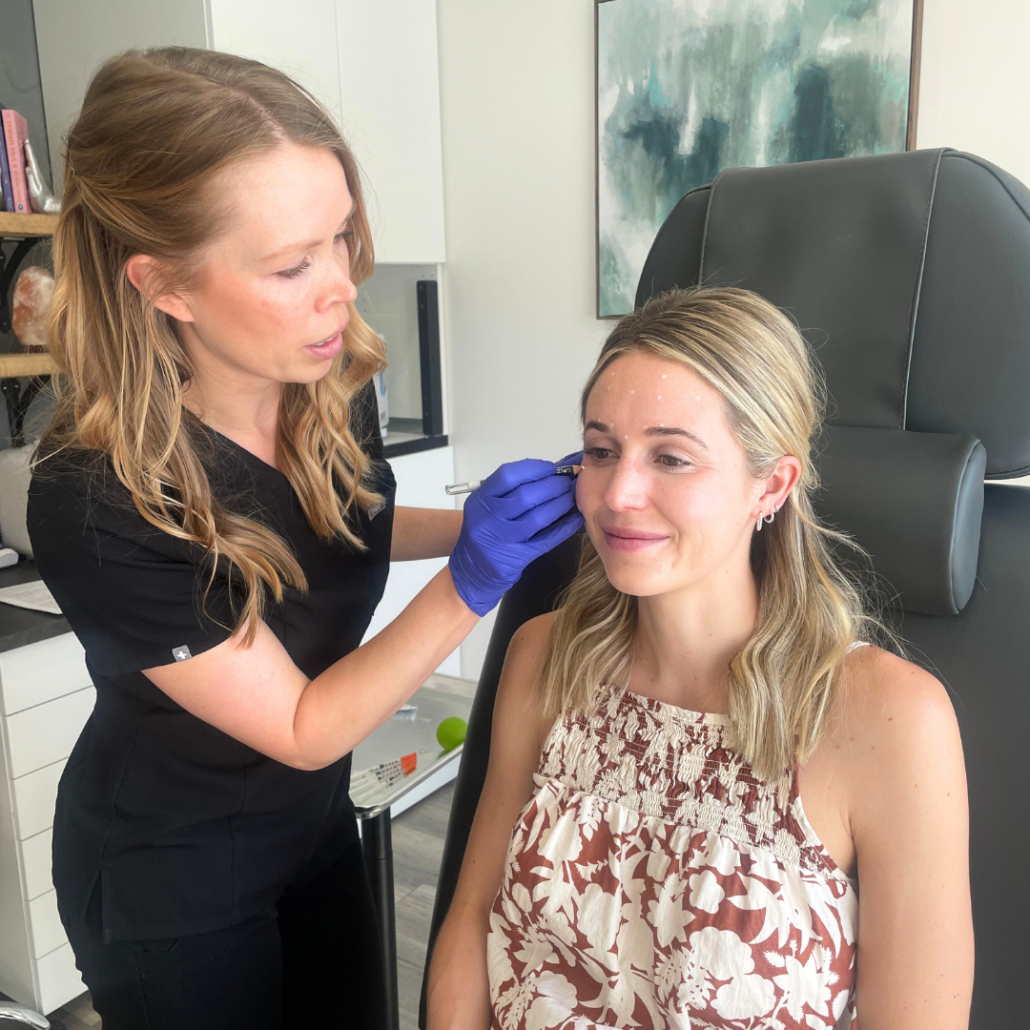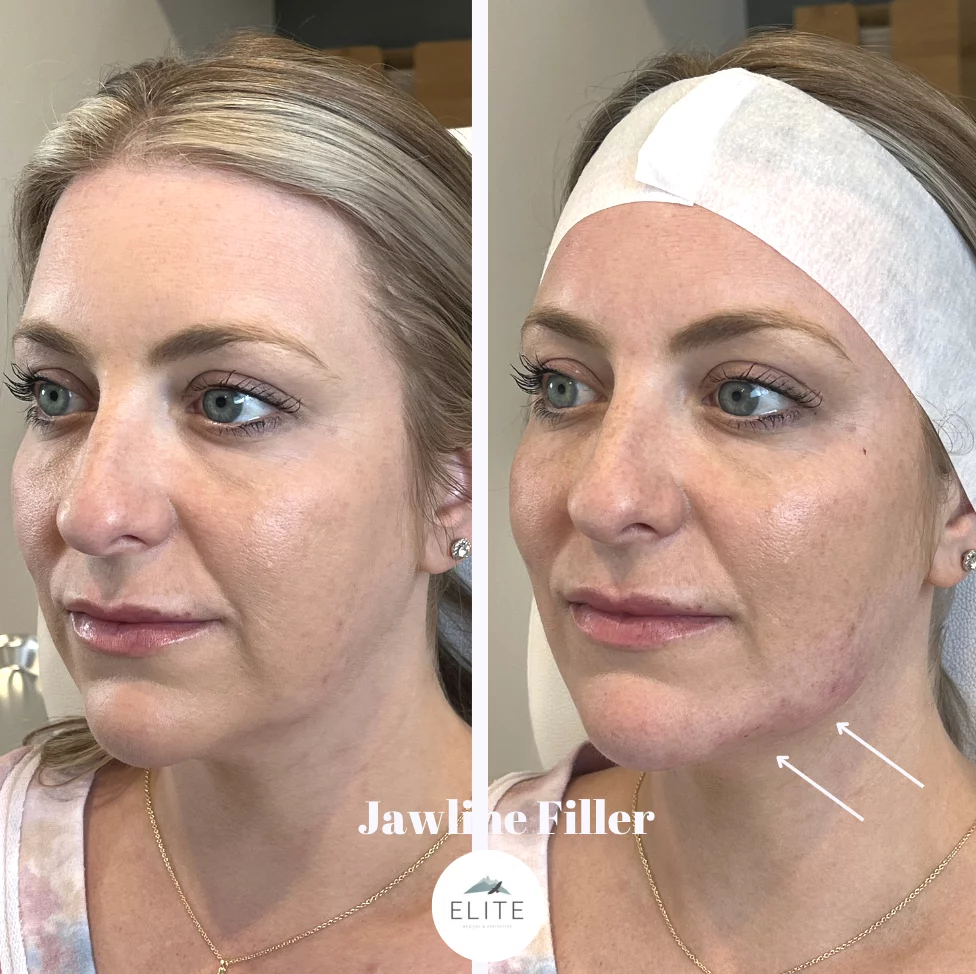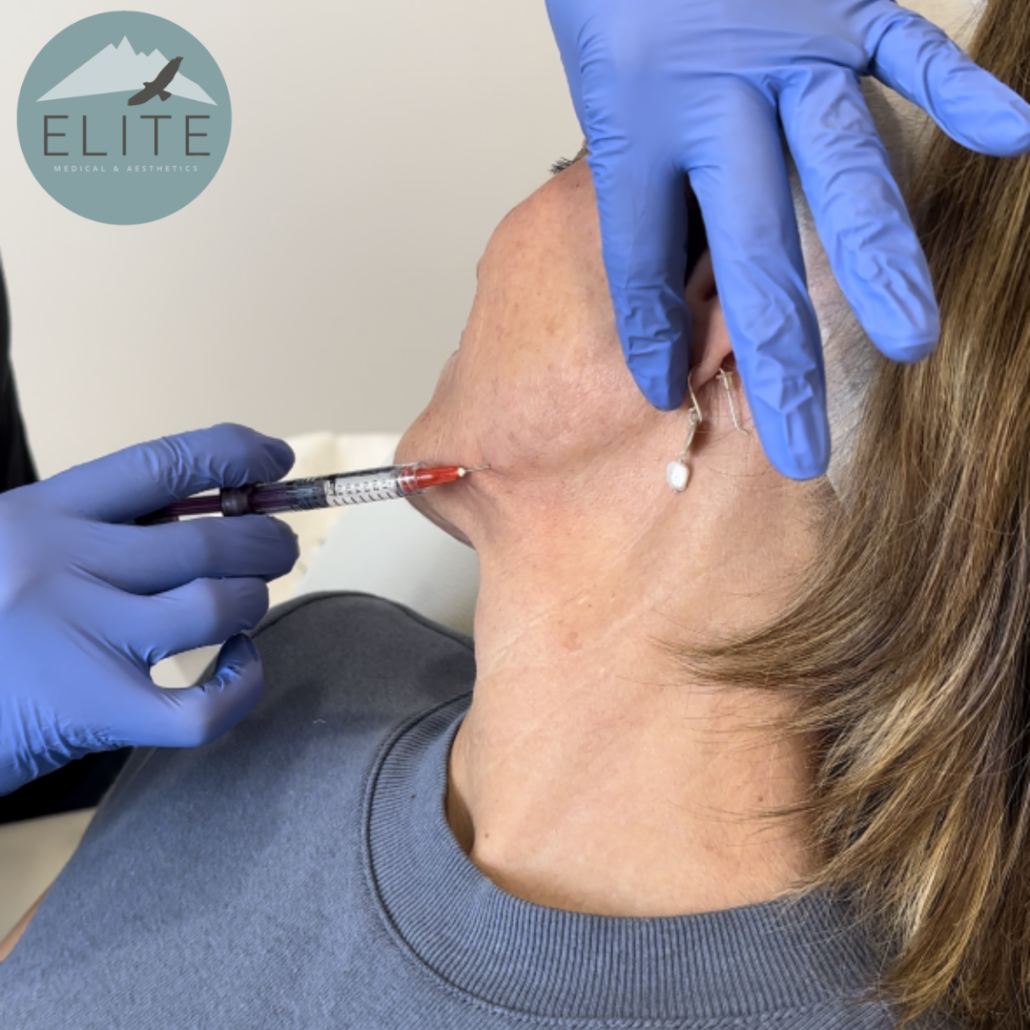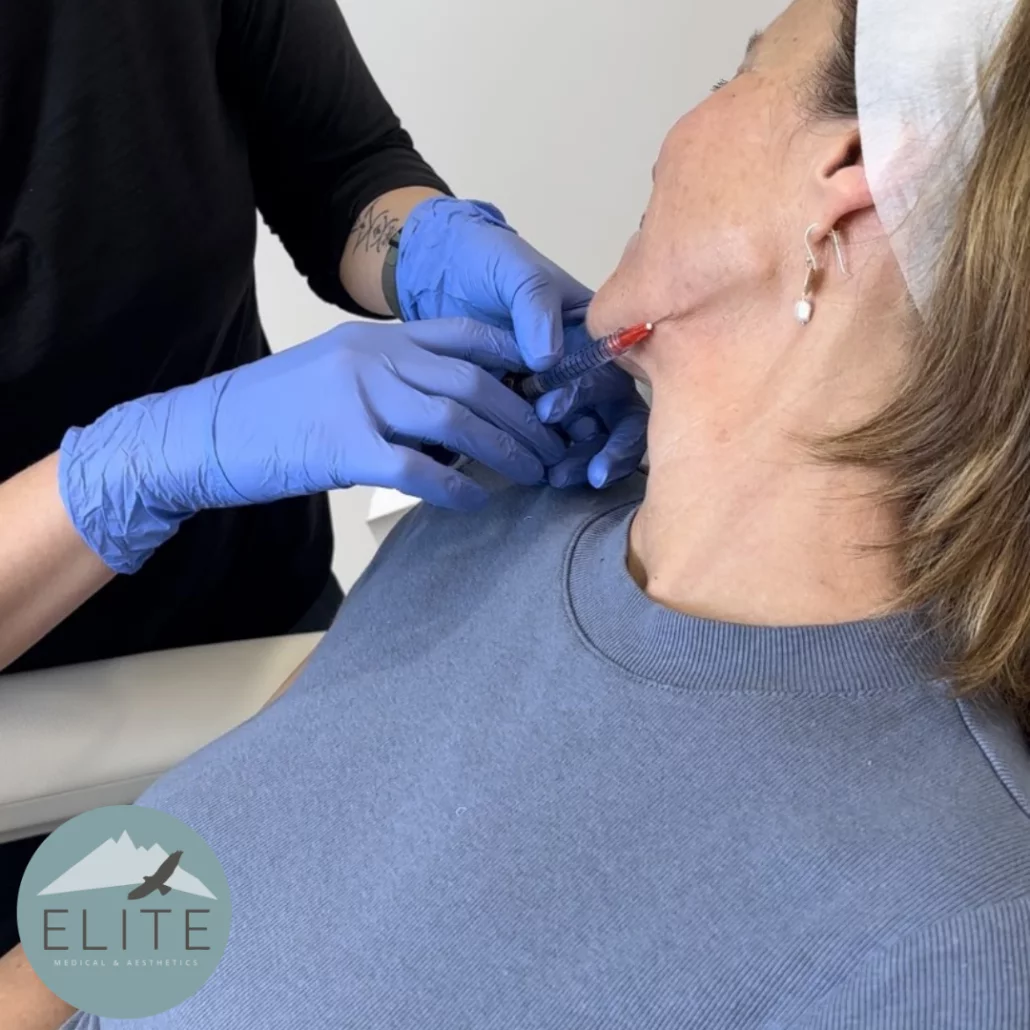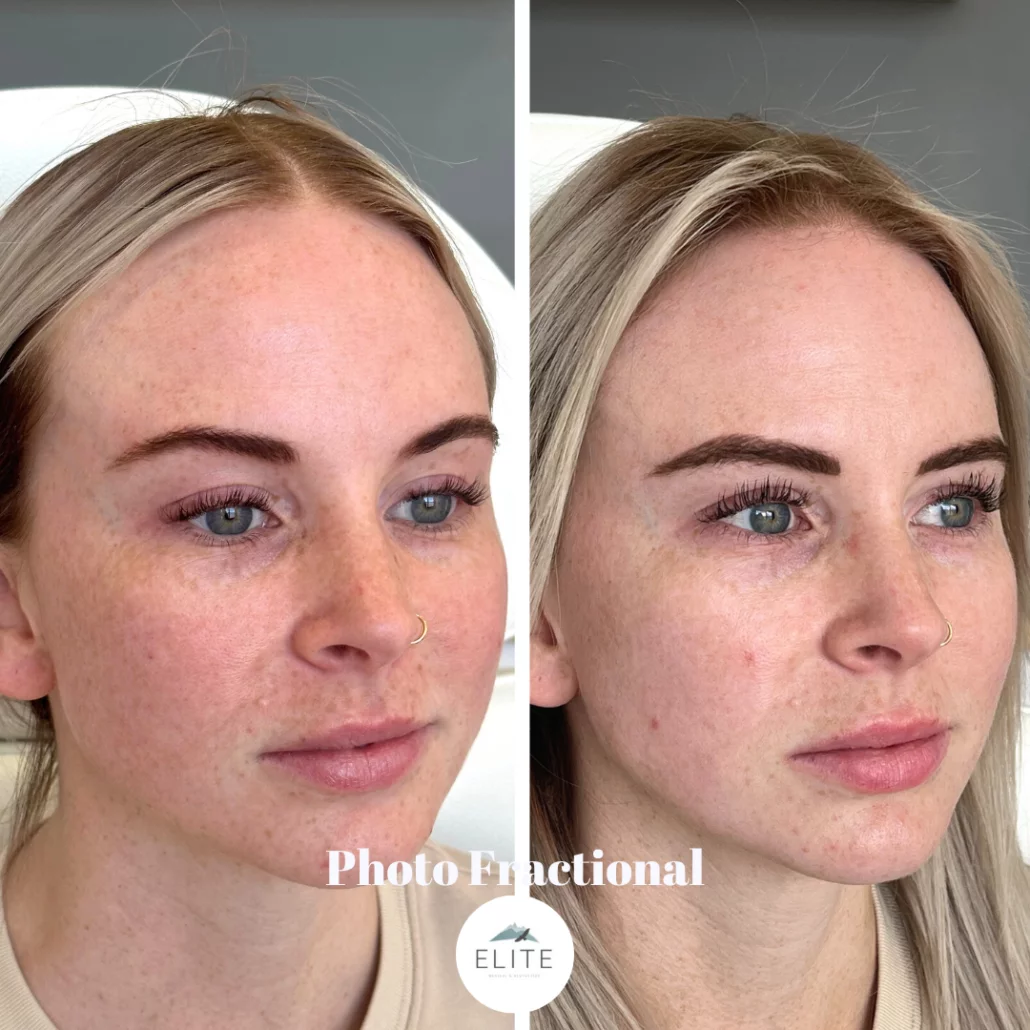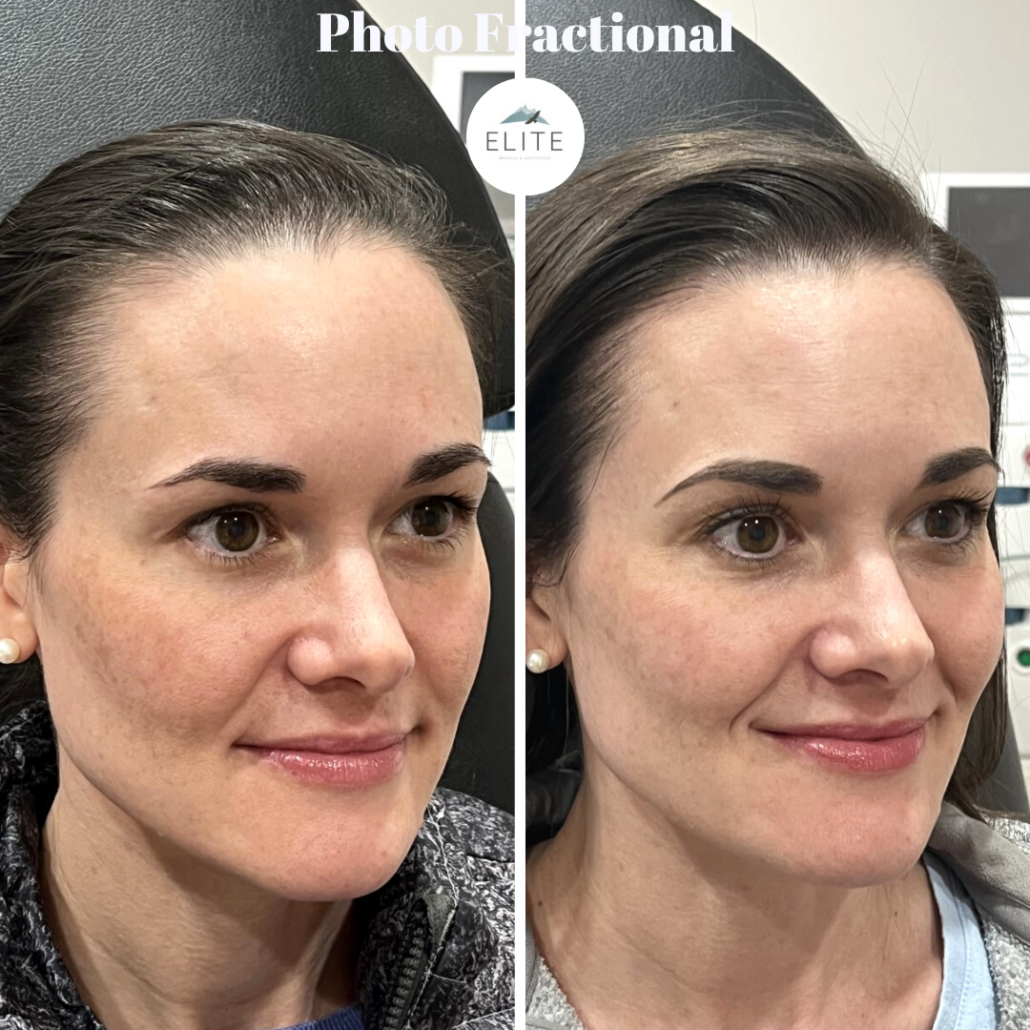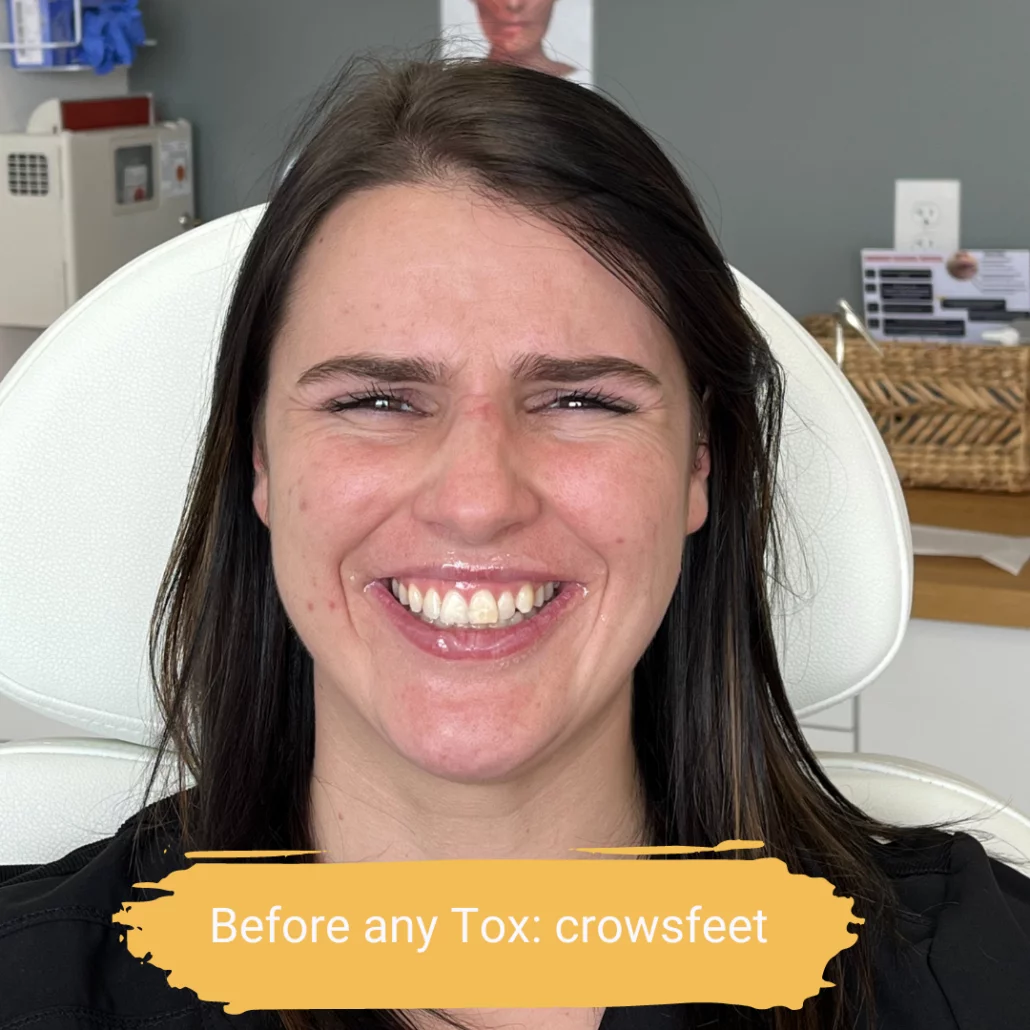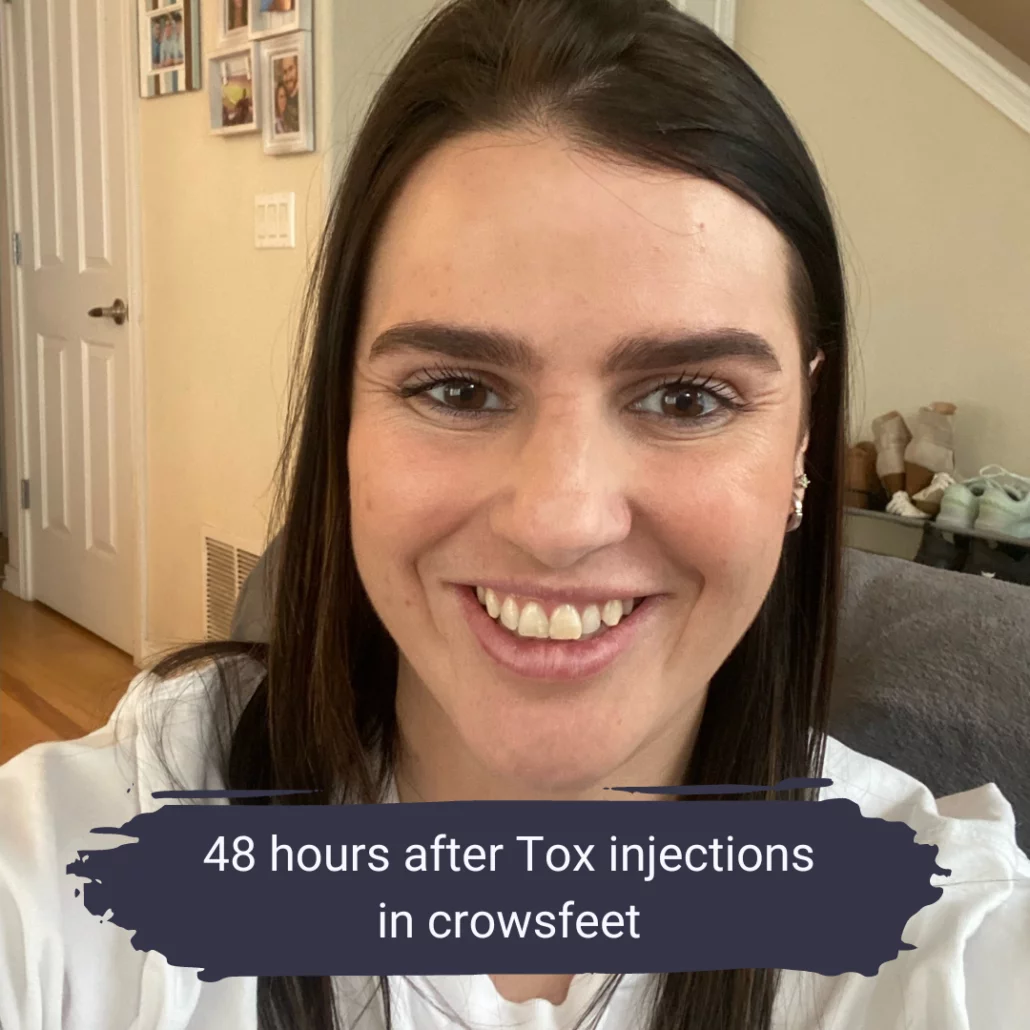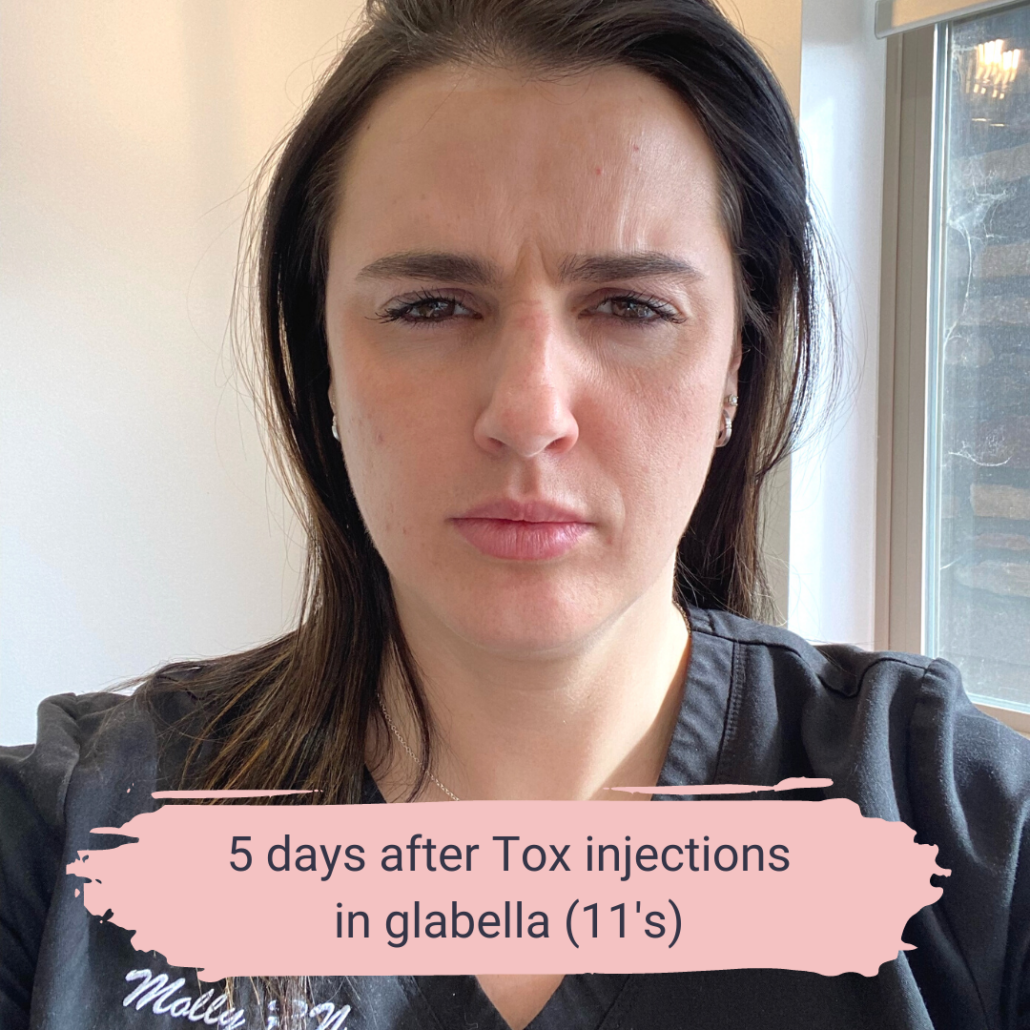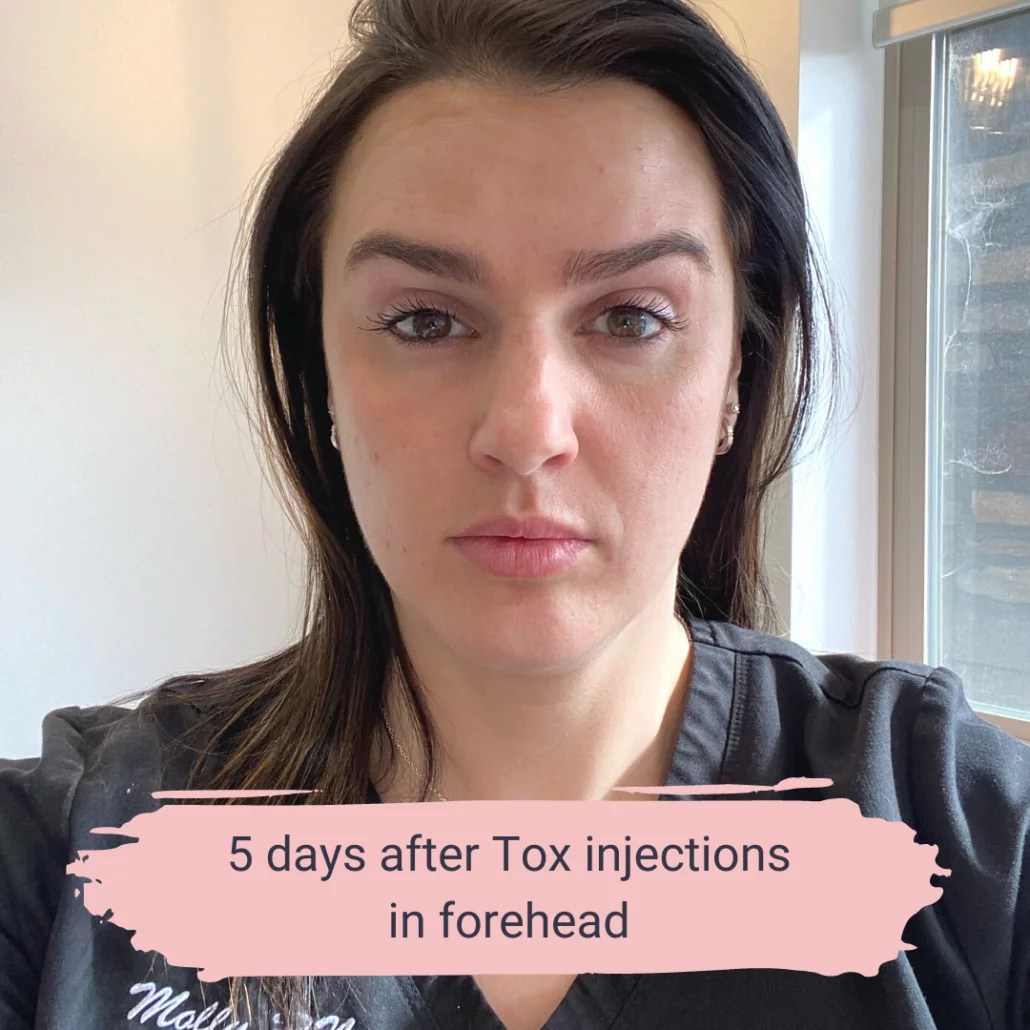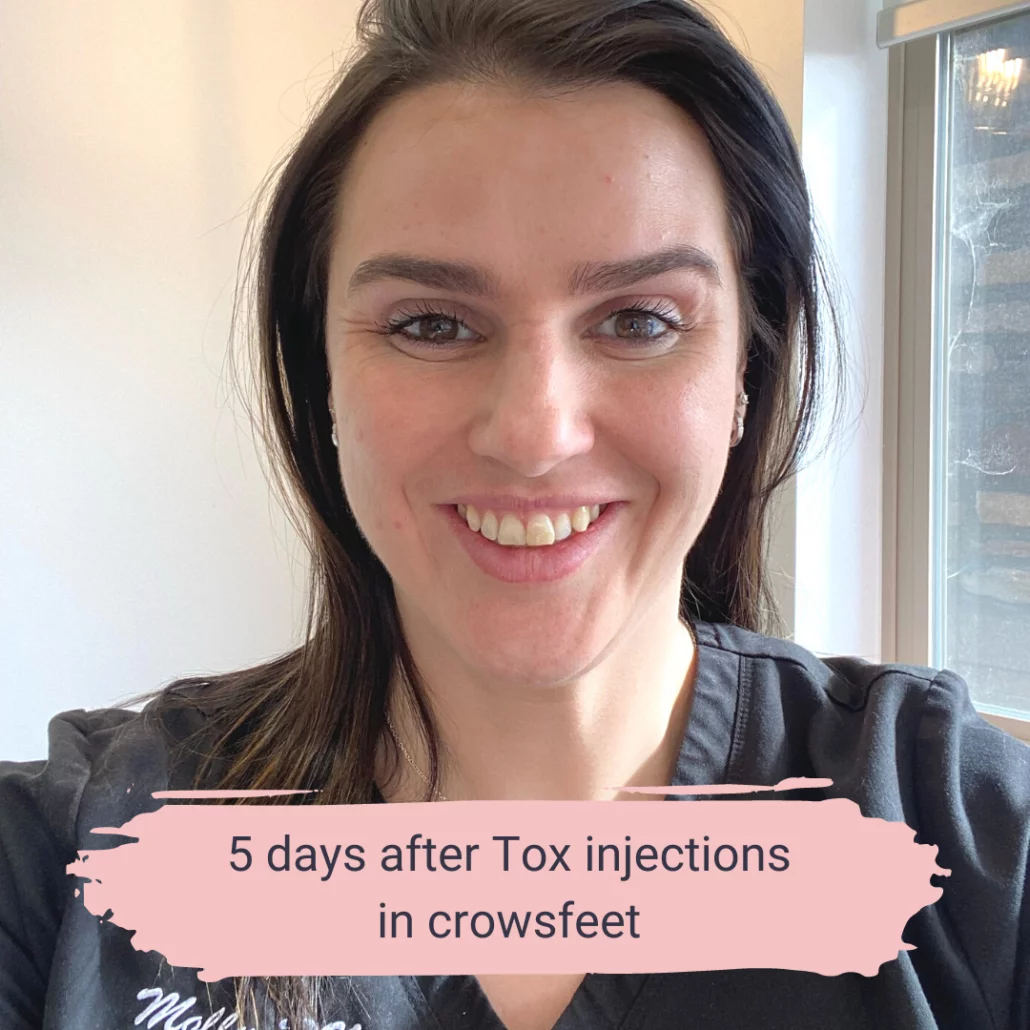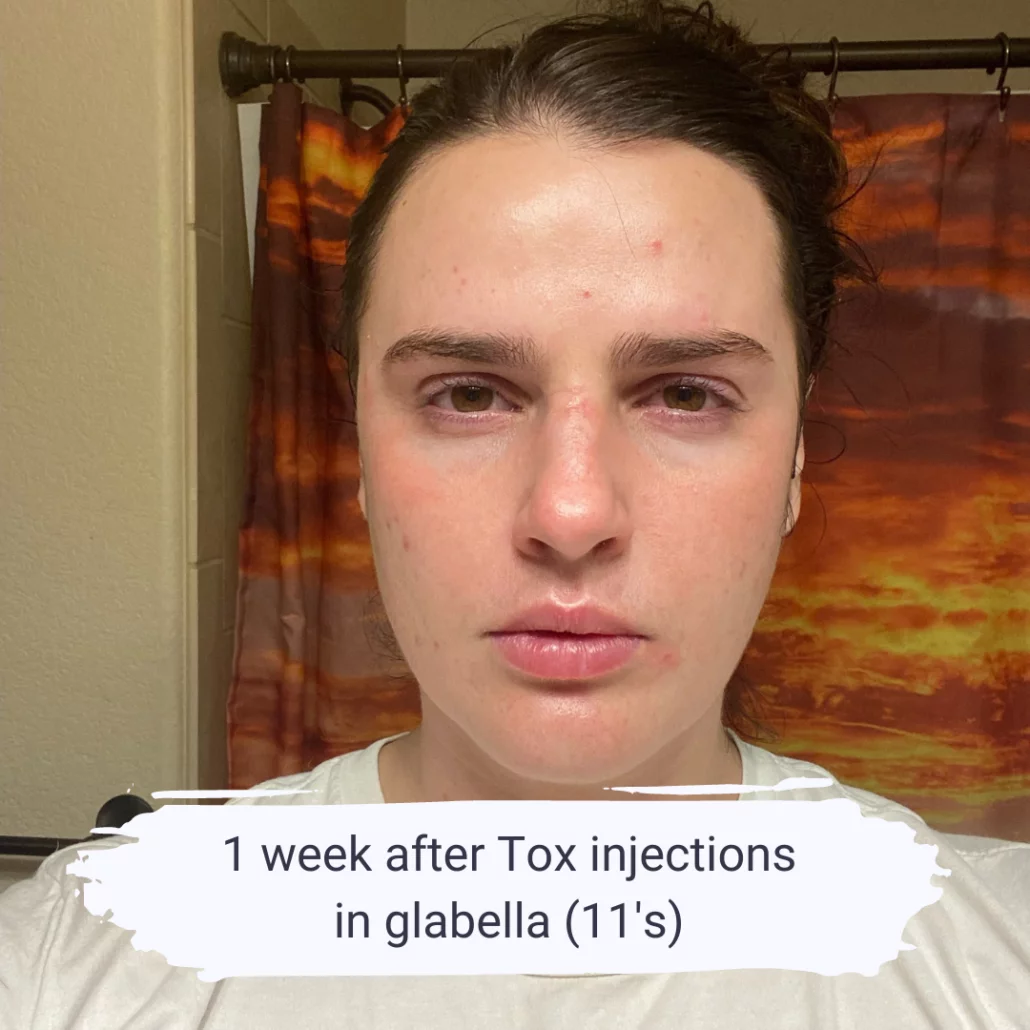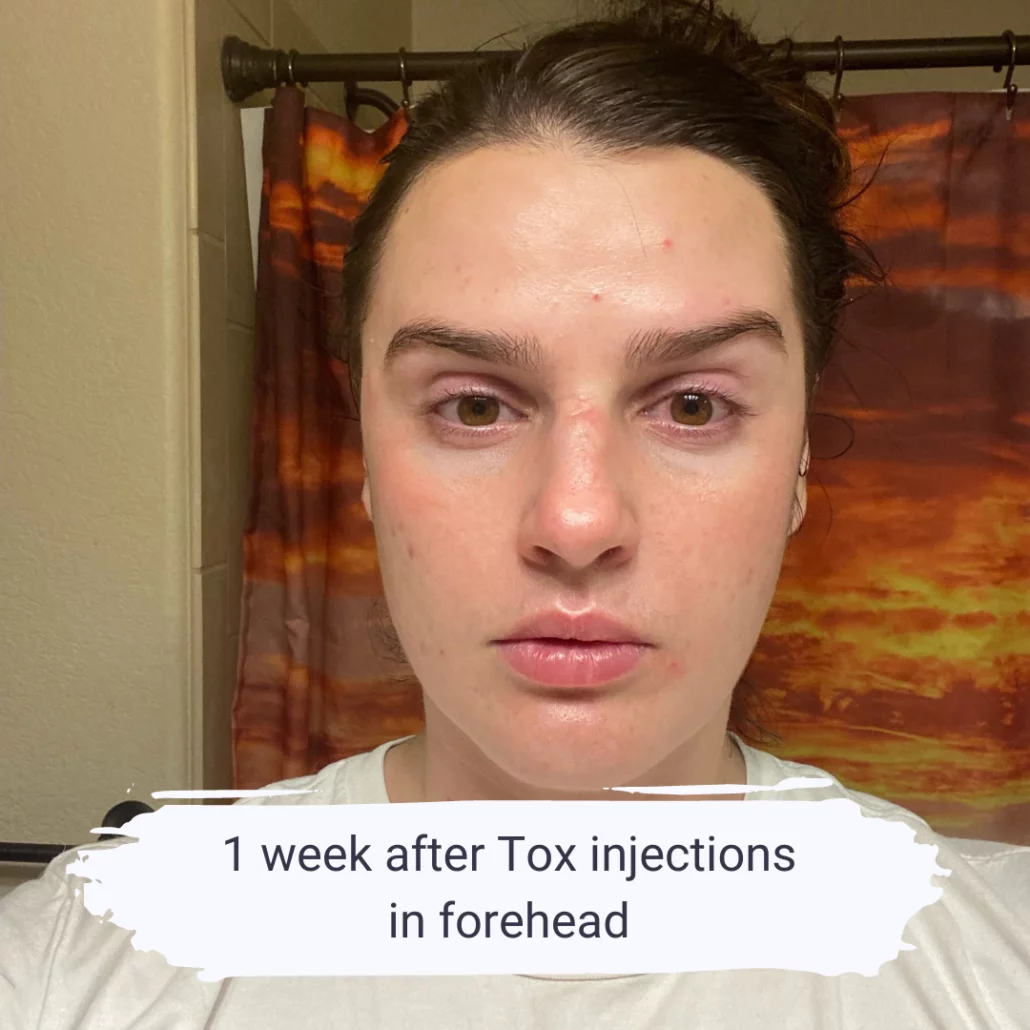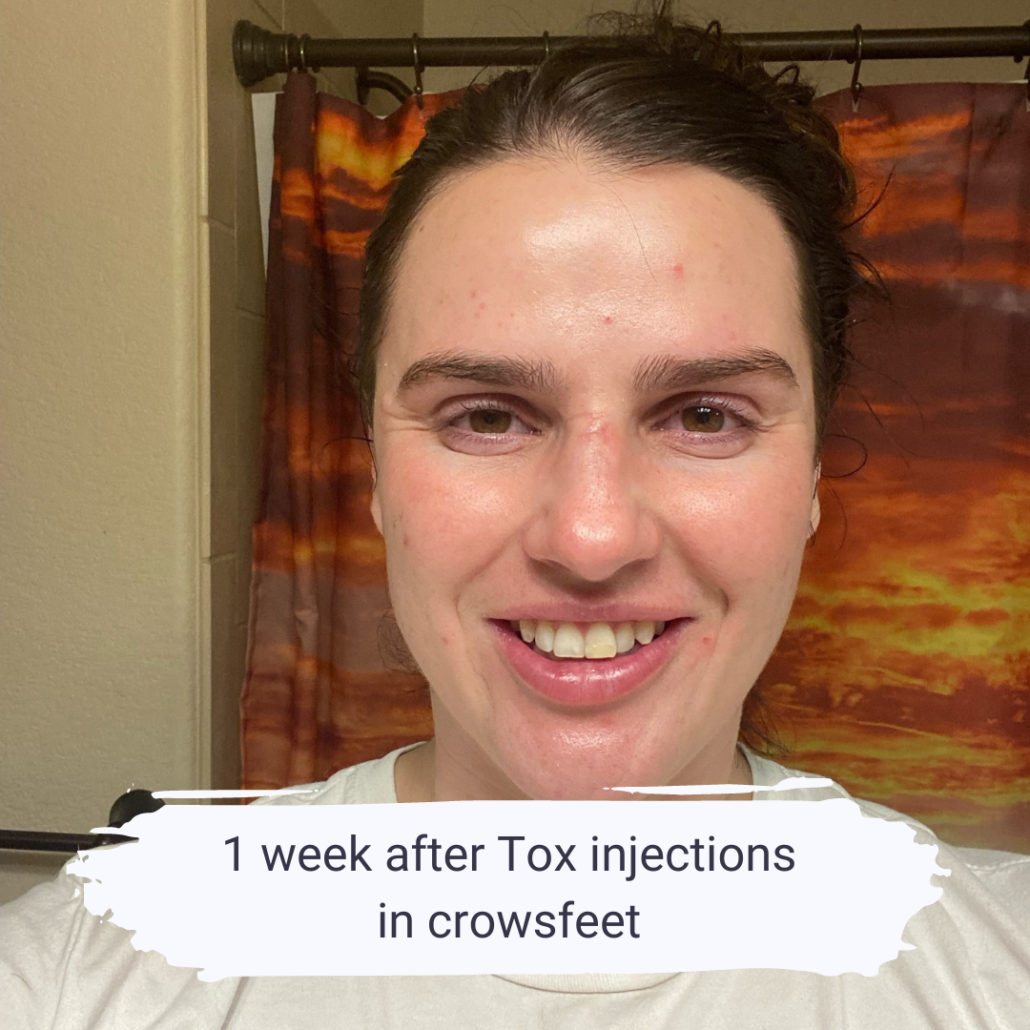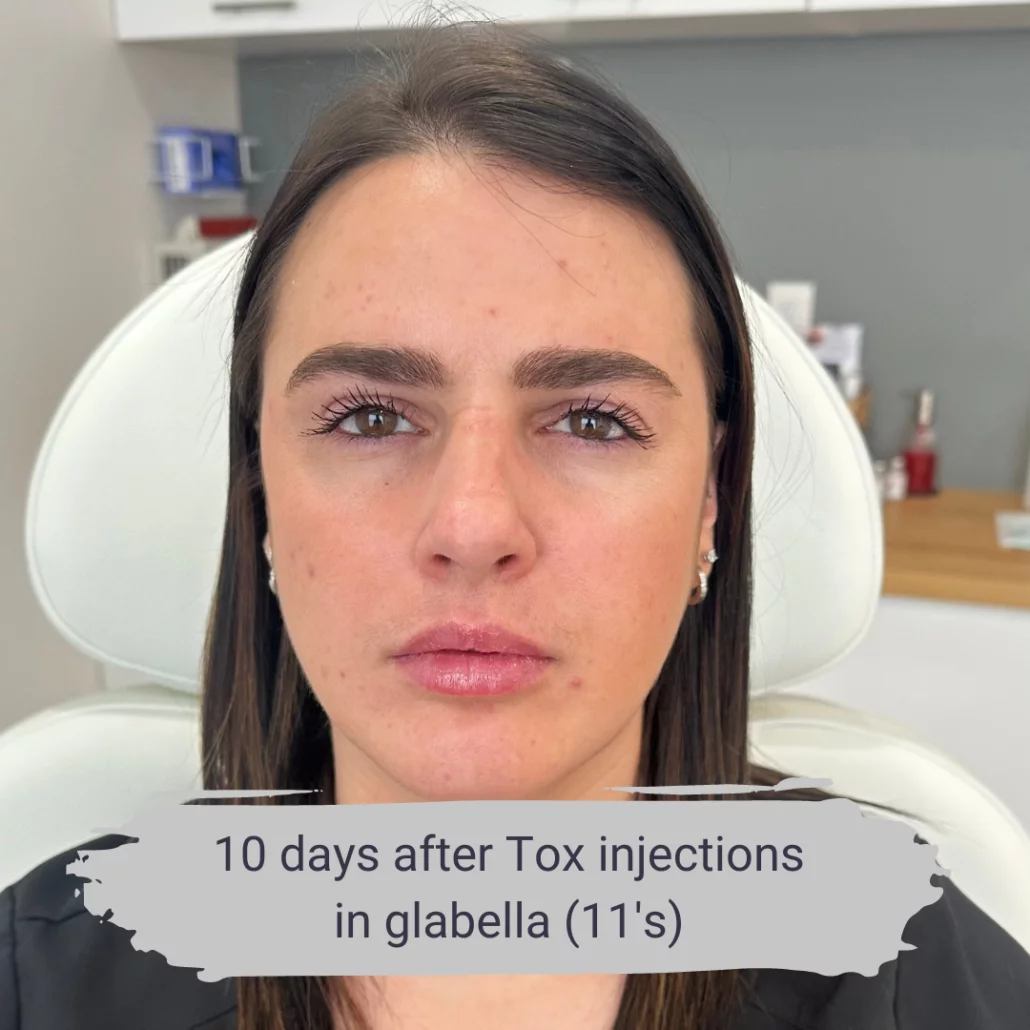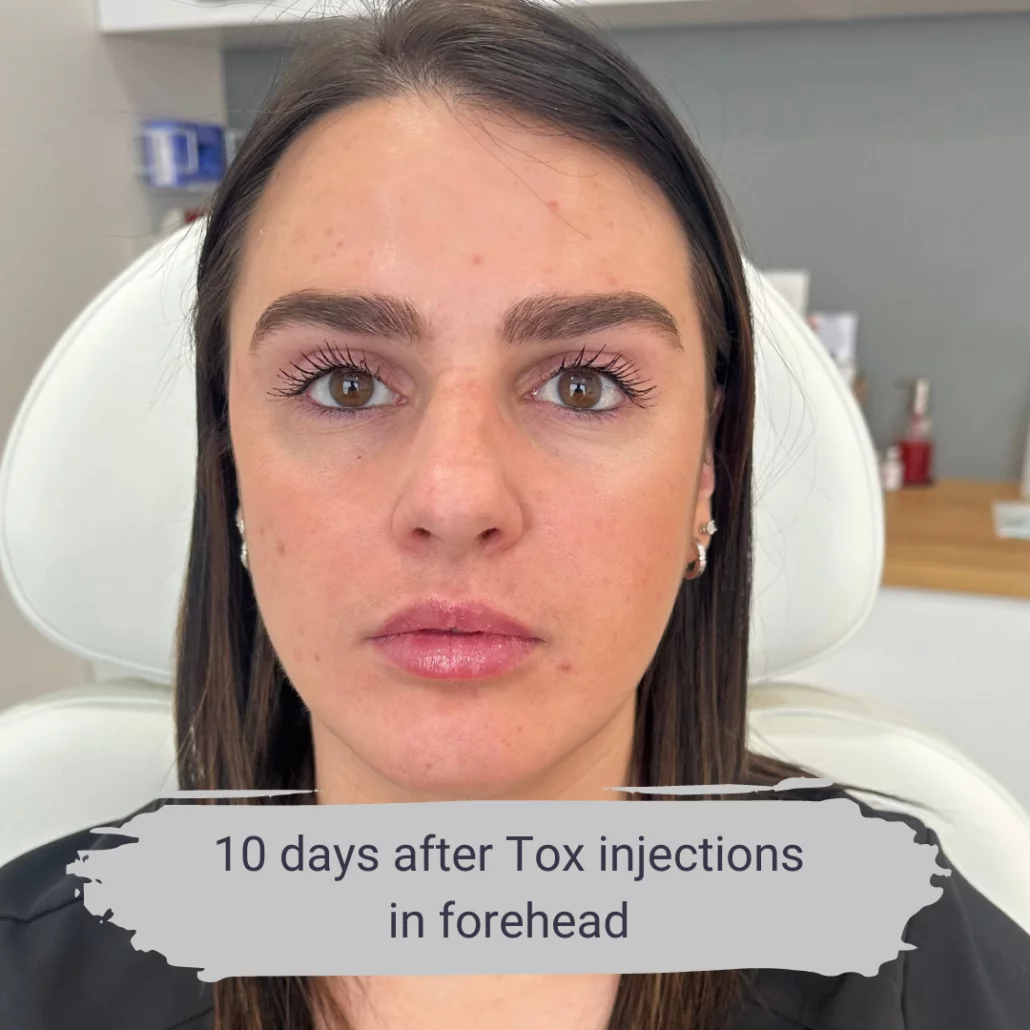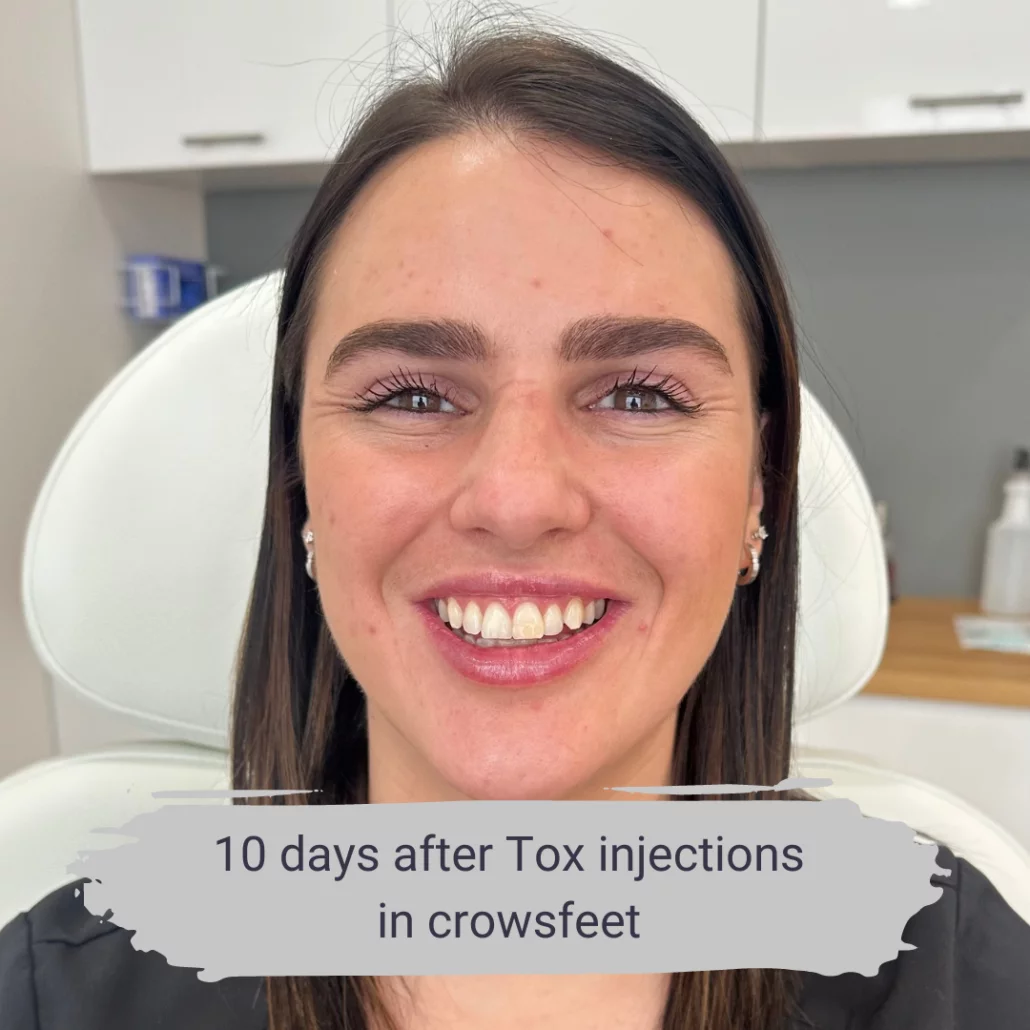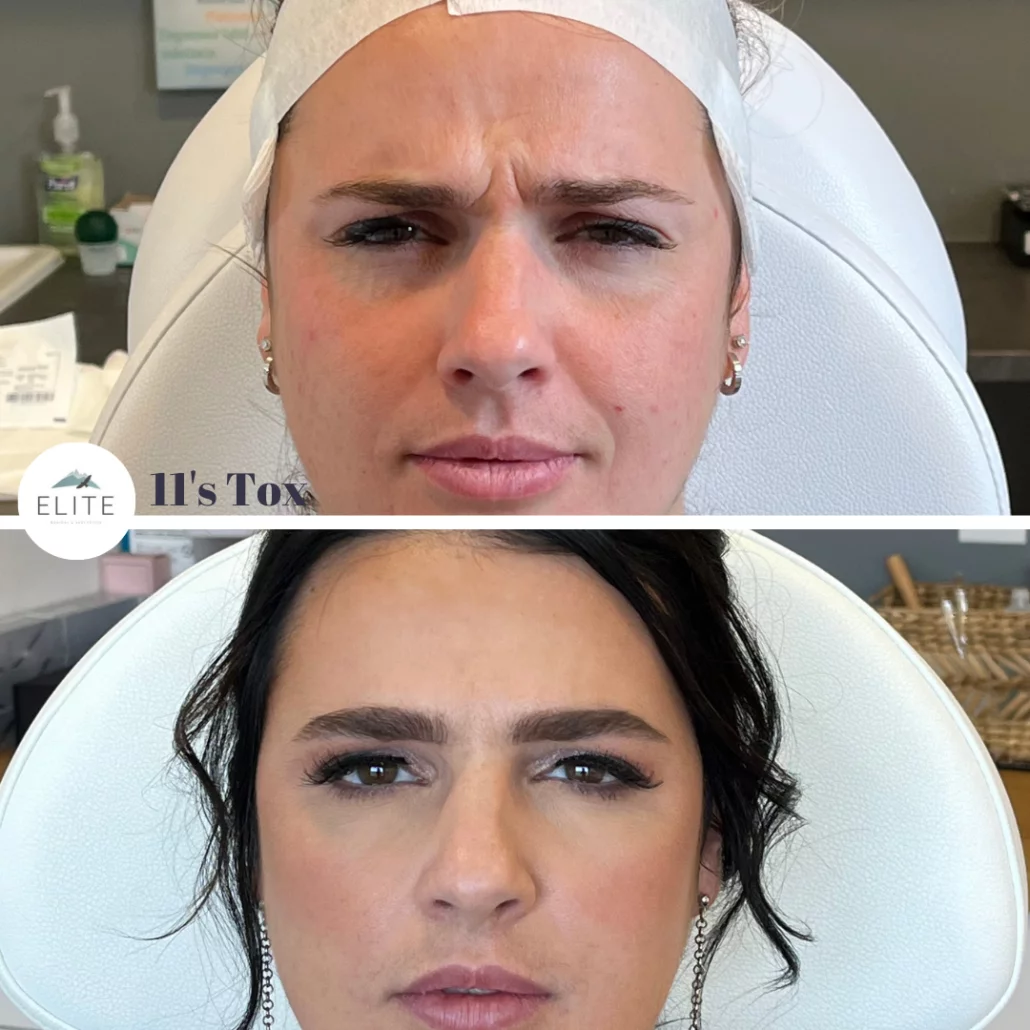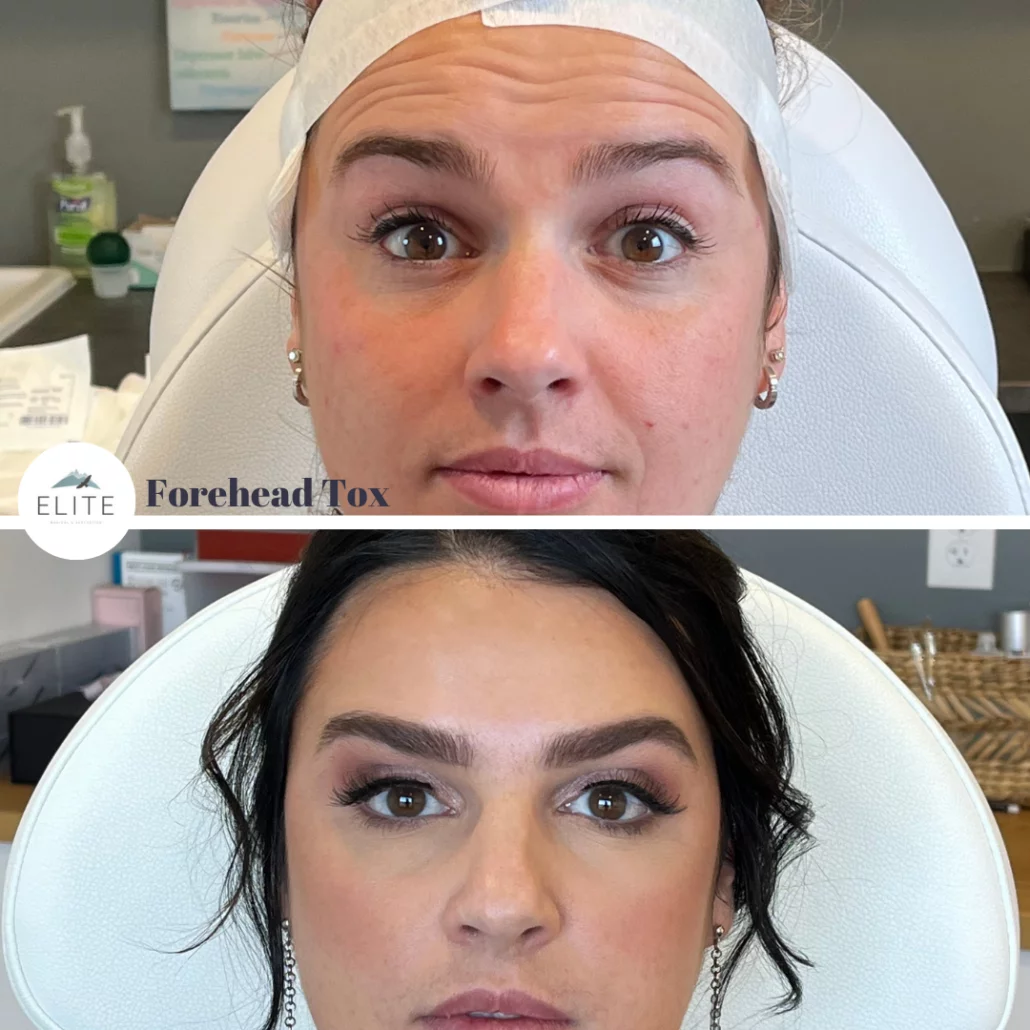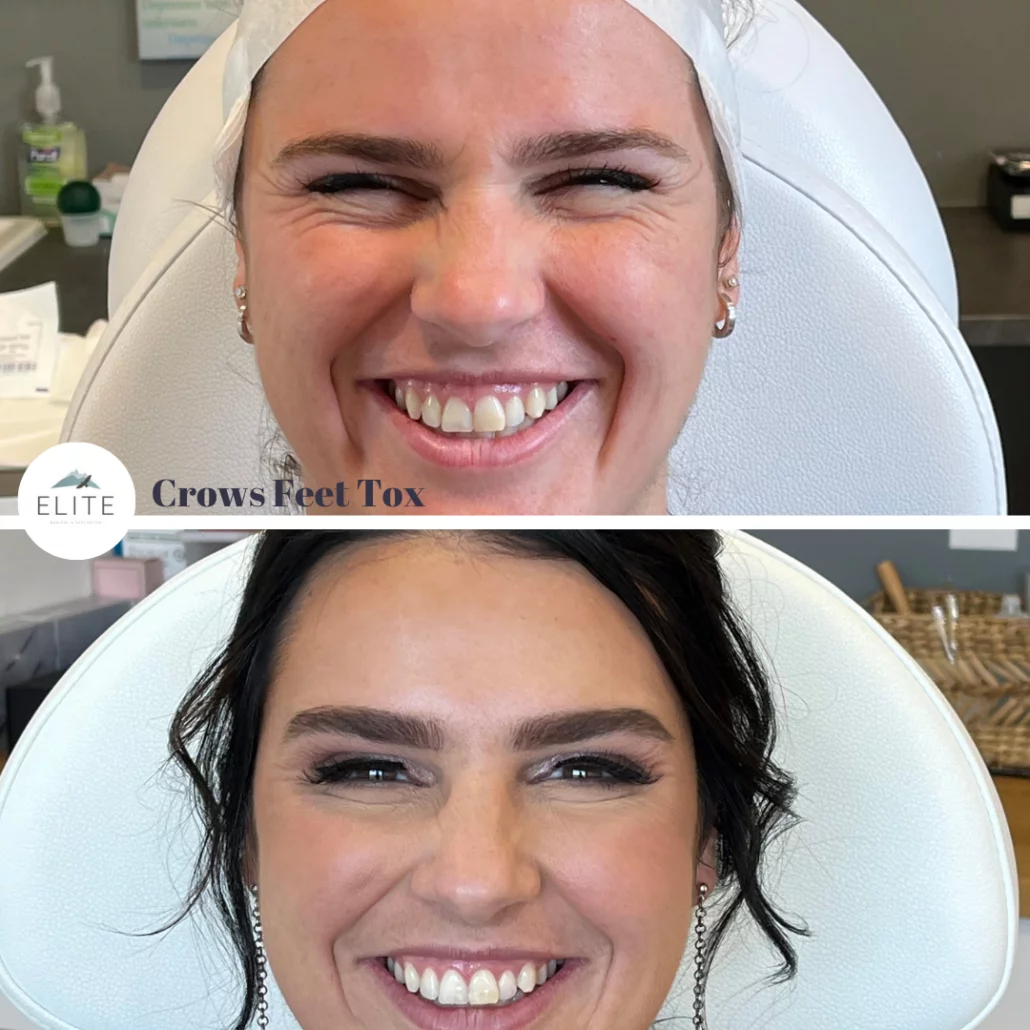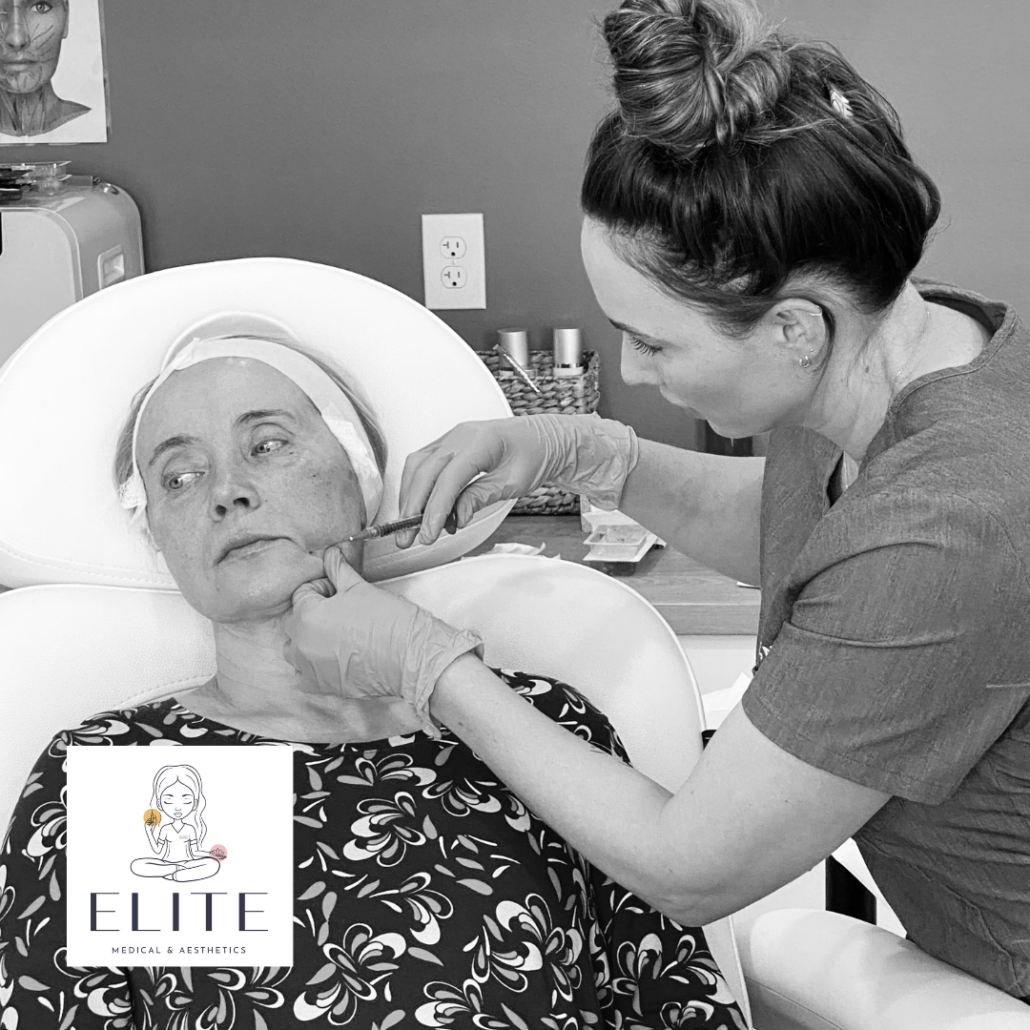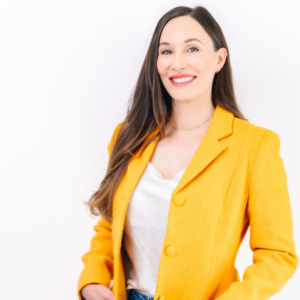Barbie Botox
October 23, 2023 in Botox /by Mary Beth MartinIntroduction:
Many people have seen the recent Barbie Movie that came out summer 2023, and while we love that this movie brought attention to feminism and women’s culture, we are not loving the “Barbie Botox” trends in the aesthetic industry.
- For starters, getting an aesthetic treatment to change/alter your appearance to look like someone else isn’t a reason to do the treatment, in our opinion.
- Also, just because a treatment is “trendy” is not another reason to do the treatment because there are risks and side effects to every treatment.
- PLUS, not everyone is a candidate for all aesthetic treatments on the market (trendy or not).
Keep reading to learn more about Barbie Botox, FAQs about the treatment, and how the EMA team feels about this trend!
Table of Contents
What is Barbie Botox?
“Barbie Botox” aka trapezius botox, is a trending treatment in the aesthetic industry from the latest Barbie Movie. To put it simply, this treatment uses Tox injections (Botox, Xeomin, Dysport, Jeuveau, Daxxi) to relax and “shrink” the trap muscles. Before the “Barbie Botox” trend, this was an off-label area to inject Tox to relieve clients from tension that led to headaches and other complications.

What are the benefits of Barbie Botox?
Benefits of Barbie Botox should be broken down into two categories; medical benefits and aesthetic appearance benefits 👇
- Medical benefits from Trap Botox include: relaxation of the trap muscles to help with tension, aches, and pains or overworked muscles.
- Aesthetic appearance benefits may include: slimmer neck and shoulder area that may result in a “skinnier” or “more feminine” appearance like Barbie does in the movie.
What does Barbie Botox look like?
Barbie Botox may create a more elongated and slimmer appearance to the neck and trap area like this before and after image.
The injections work to atrophy the trap muscles that causes them to relax and create a more “swan-shaped” neck region.
Therefore, the result of this treatment is being referred to as “Barbie Botox”.
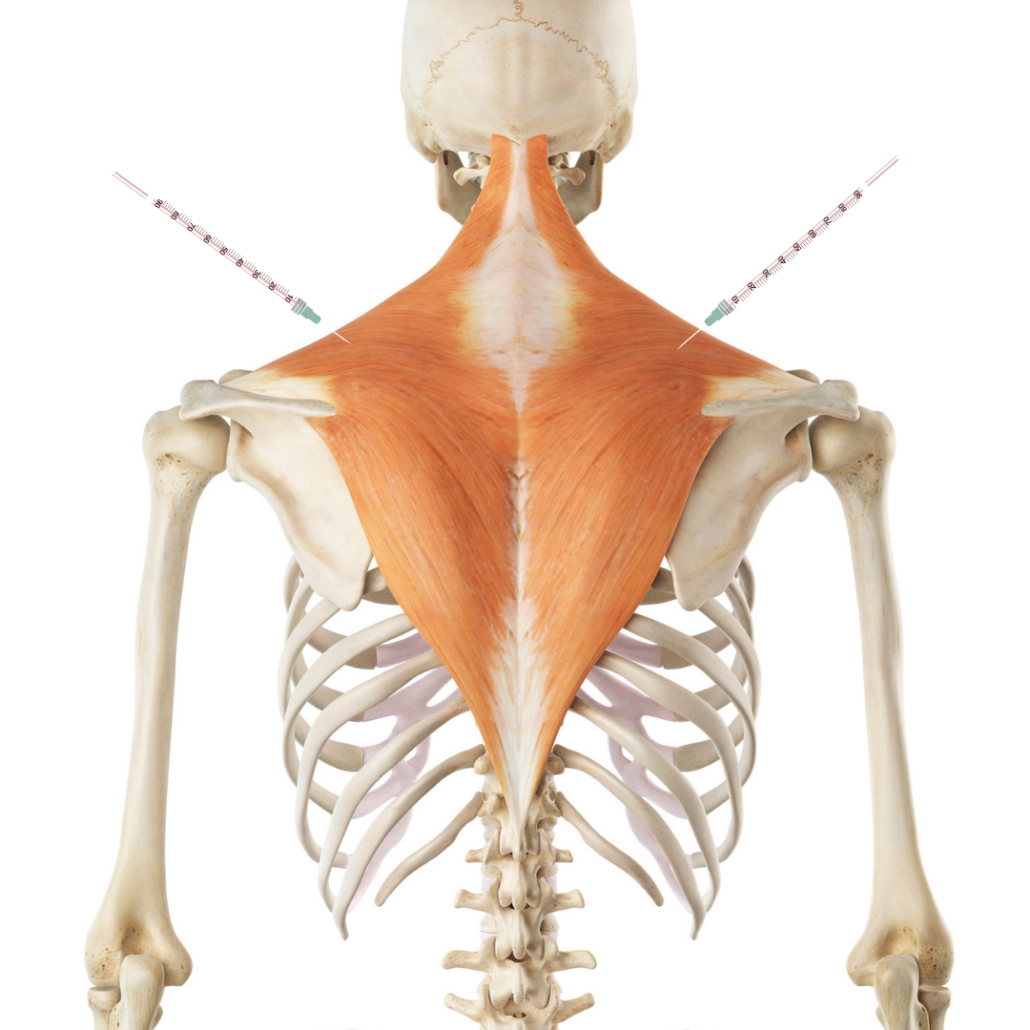
How does Barbie Botox work?
Barbie Botox, or TrapTox, works by a licensed provider using a small needle to inject botox, or botulinum toxin of choice, into the trapezius muscles in multiple areas.
Then, after a full 14 days post injections, the Tox medication works by relaxing the muscle. Overall, clients notice less tension in the area, relaxed traps, and a slimmer, more elongated neck area. After 3-4 months the medication does wear off and an assessment for future injections is discussed with your provider.
What are the side effects of Barbie Botox?
More minor side effects/risks associated with Barbie Botox or Trap Tox may include:
- Redness from injection sites
- Bruising and swelling
- Altered posture
- Muscle weakness/paralysis
- Asymmetrical trap muscles
Rare/serious side effects that are more likely with a higher Tox dosing include:
- Medication drifting to other unwanted areas, affecting respiratory muscles
- Damage to neck with atrophy of supporting muscles, see video
- Botulism poisoning (incredibly rare)
*Always consult with your provider to get a full understanding of a treatment’s risks and side effects and to provide medical history, to ensure you are a candidate. This is not a full list of possible side effects, nor is this medical advice. Always talk with your prescribing provider about questions you may have with Botox medications.*
How many units are needed for Barbie Botox?
How much does Barbie Botox cost?
Barbie Botox cost is dependent on the number of units needed to achieve results. An average cost per unit is around $12.00-$14.00.
Pricing for injectables vary based on the injector’s experience/expertise and their time to consult and treat you appropriately. This is a medical procedure and should be treated as such, keep in mind that you often “get what you pay for” when it comes to aesthetic treatments and injections and to always go somewhere that puts your safety FIRST!
Does Barbie Botox hurt?
Most clients feel very mild discomfort from botox injections in the trap muscles. The needles used for this treatment are small and most injectors are quick with their techniques, making the treatment tolerable.
However, it is still a needle in the skin and everyone’s pain tolerances are different.
Who is a candidate for Barbie Botox?
At Elite, our providers believe that people wanting Barbie Botox for an unnecessary change in physical appearance are not candidates for the treatment. Even though this reason for treatment is generally discouraged, we would consider on case by case basis, book a consult below if you are unsure!
⭐️ Doing a medical procedure to “look like Barbie” is not a reason to get this treatment done. Instead, candidates for trap tox include those who are experiencing:
–Aches and pains in the trap muscles
–Severe tension that is not able to be controlled with other remedies
–Headaches/migraines as a result from tension
-Other medical-related issues from trapezius muscle complications
⭐️ ⭐️FYI- most of these symptoms are caused by an underlying issue that can usually be addressed with more natural approaches. Keep reading below for more info.
Strong, healthy women with trap muscles
While we understand that beauty comes in all shapes and sizes, as a team, we do not fully support people getting aesthetic treatments done to fit a society’s mold or expectation of women.
We want to bring awareness that just because Barbie’s features may be viewed as beautiful, so are many other women’s features! That includes women who are more muscle-bound and have stronger trap muscles (and no, this does not make them any less-feminine than a women with smaller or slimmer shoulders).
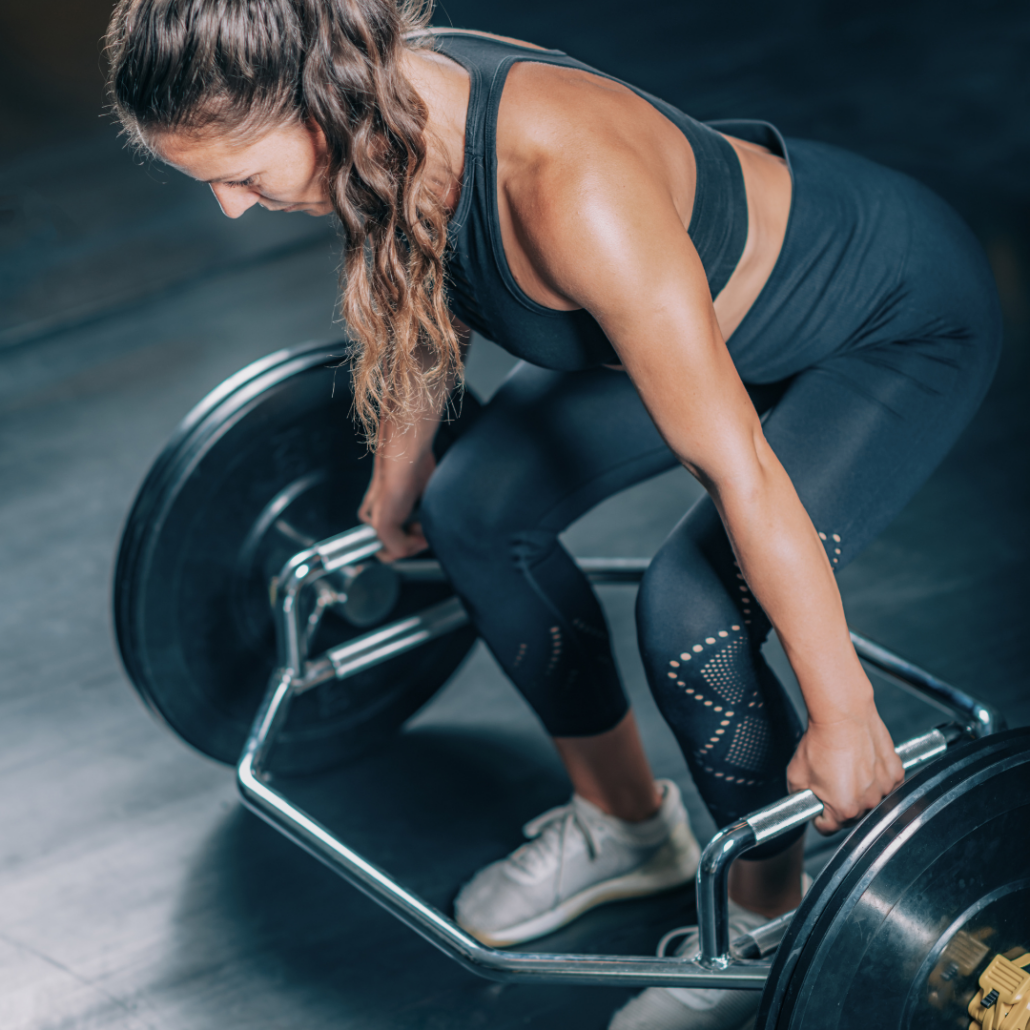
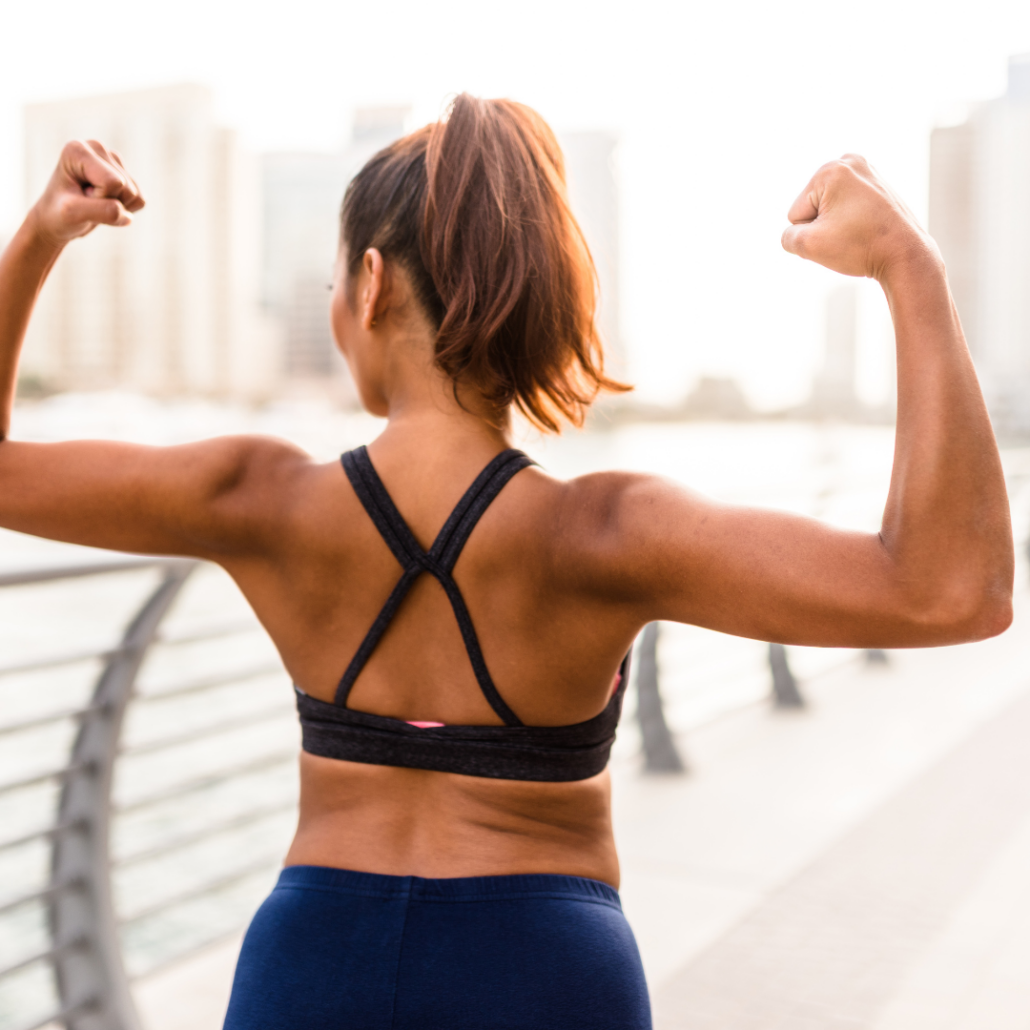
Alternatives for TrapTox:
1. Headaches/migraines
2. Severe Tension
Keep in mind that injectors have been treating the trap muscles with Tox injections for a while. This is not a “new” treatment area or a foreign concept to most injectors, but it is recently getting all the rave after the Barbie Movie for appearance changes versus medical relief.
While Tox injections in the trap muscles can help to relieve headaches and migraines that are often caused by sever tension, it is a temporary fix. Oftentimes if someone is experiencing these issues there is an underlying stressor that can be addressed by doing natural alternatives first, such as:
- Accupuncture
- Stress management
- Professional massage
- Chiropractic work
- Yoga/stretching
- Physical therapy
- Correcting posture
Our NP injectors are always open to helping clients who are in need of temporary pain relief, so long as they are also doing things to solve the underlying cause.
Overall:
⭐️ In general, if you can “fix” something without medications or unnecessary treatments, then you will unlikely hear us promoting it.
⭐️ Barbie Botox, is solely being used to create a slimmer neck appearance, and in our opinion, getting a treatment done to look like a celebrity for a trendy period of time is not the right reason to get a treatment.
⭐️ If you are struggling with tension in your trap muscles, tox injections may help you temporarily get pain relief, but it is best to address the root cause.
⭐️ LOVE yourself and your body, focus on doing things to remain healthy and strong, not on how society expects us to look.
Elite Medical & Aesthetics is a premier med spa located in Lone Tree, CO. Our staff of Nurse Practitioners provide a holistic approach for natural results with safety as a #1 priority.
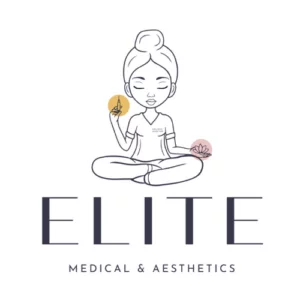
 This article is to shed light on the lack of transparency in “Medical Grade” Skincare and what you can do to protect yourself from toxic ingredients
This article is to shed light on the lack of transparency in “Medical Grade” Skincare and what you can do to protect yourself from toxic ingredients 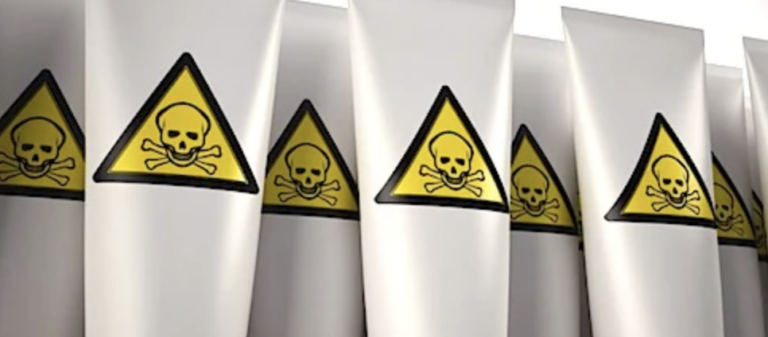
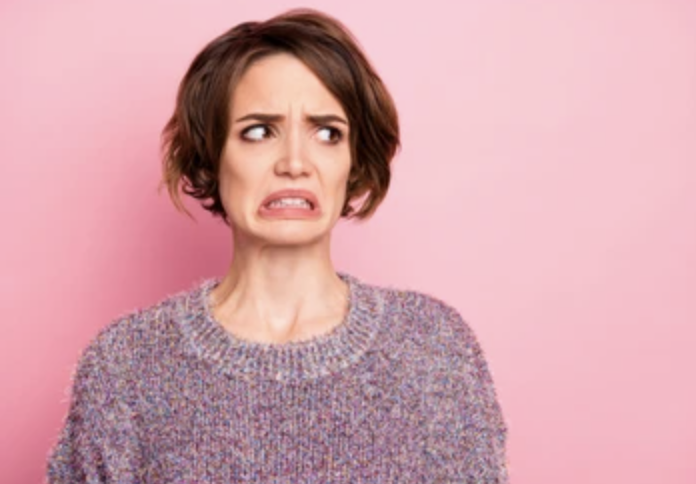
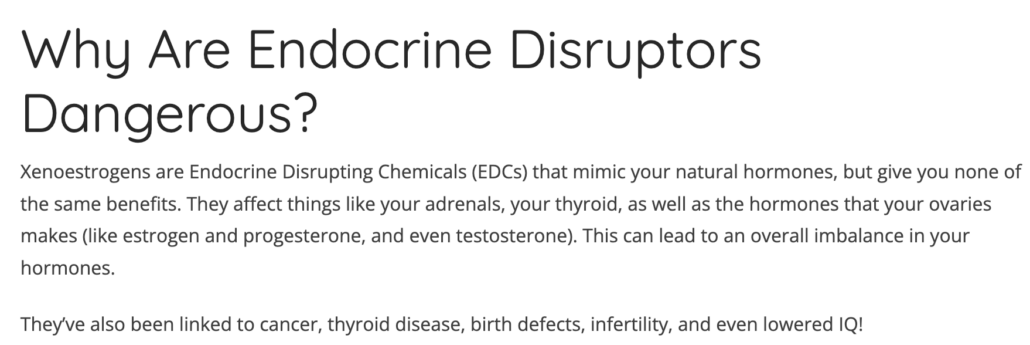
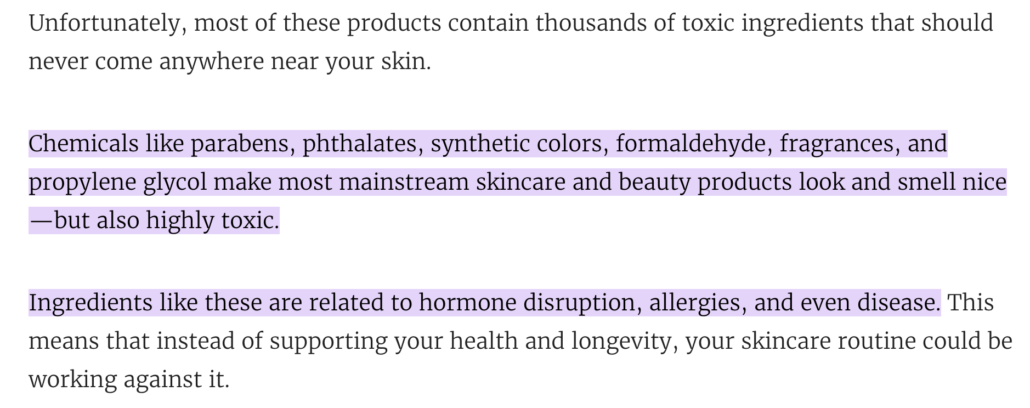
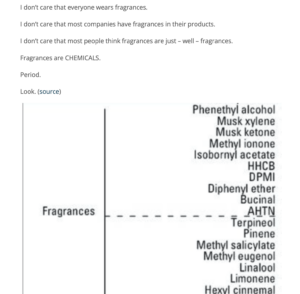
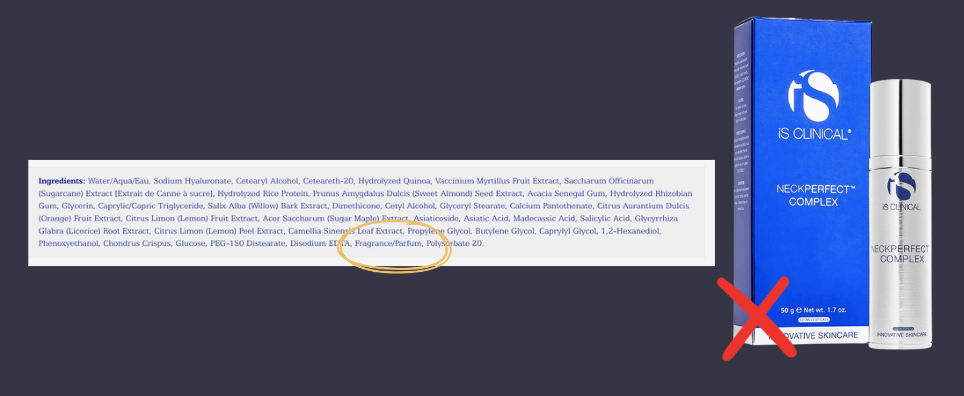
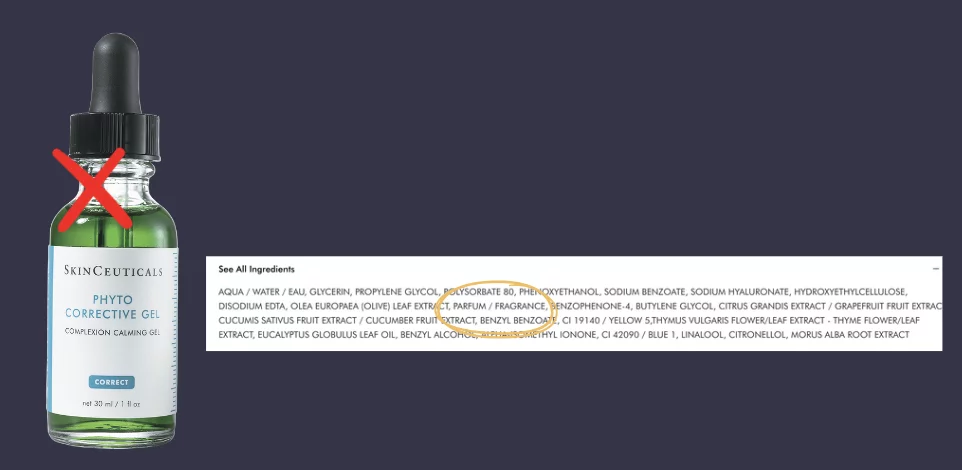
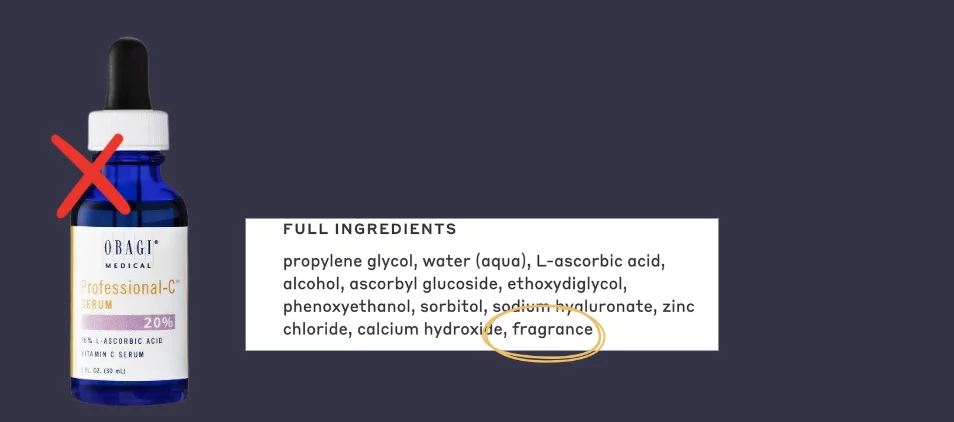
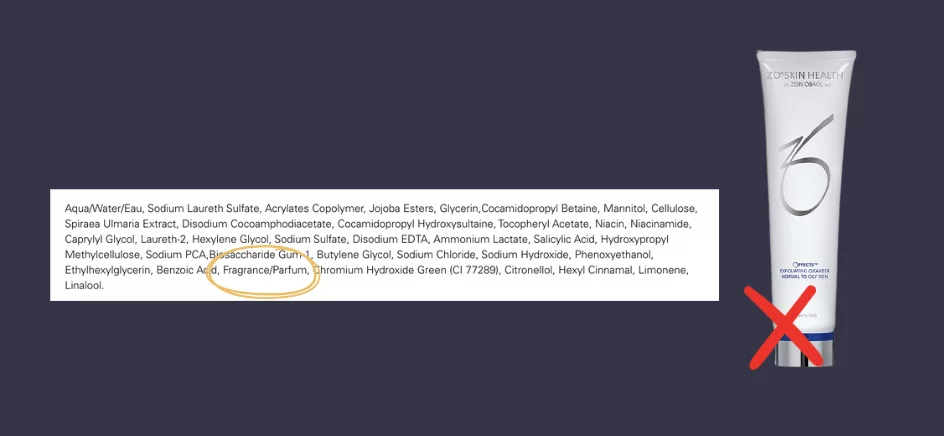
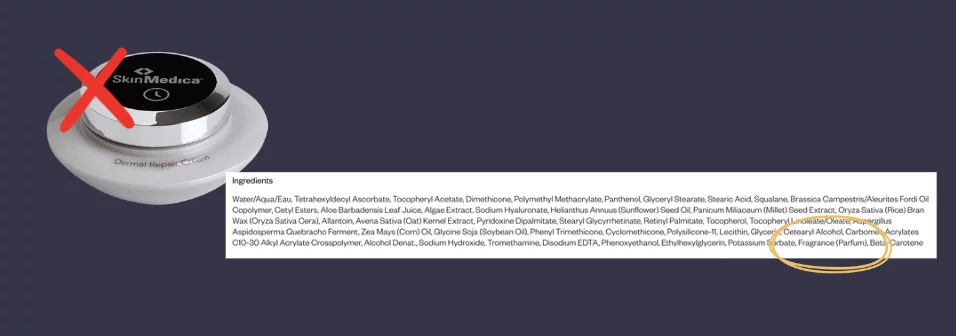
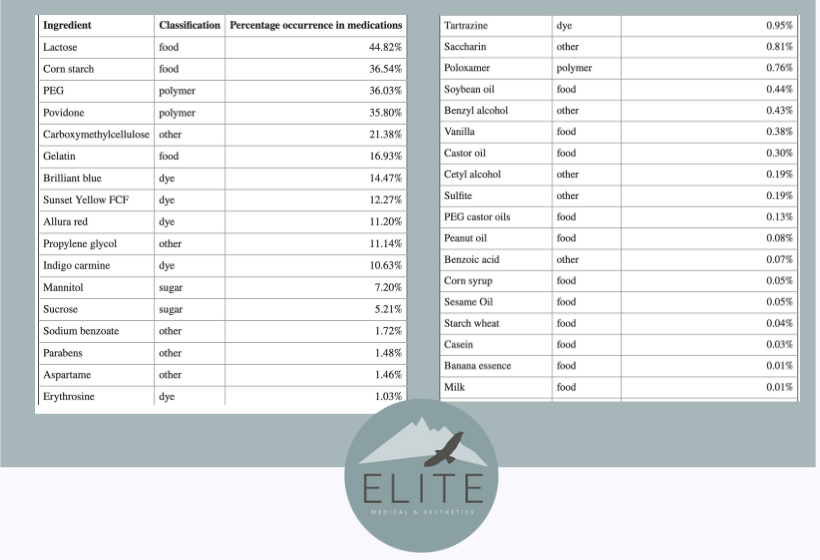
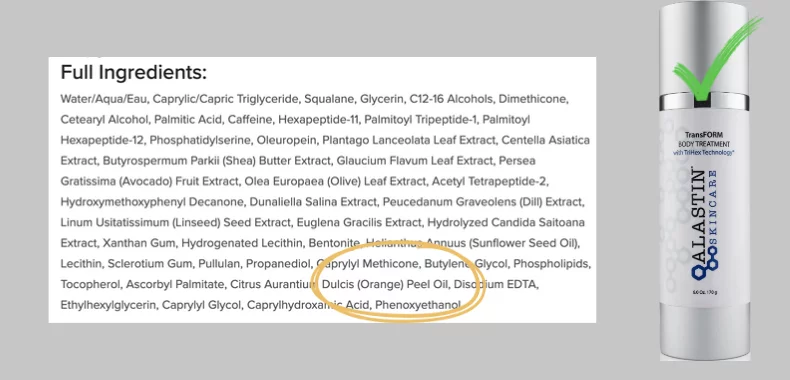
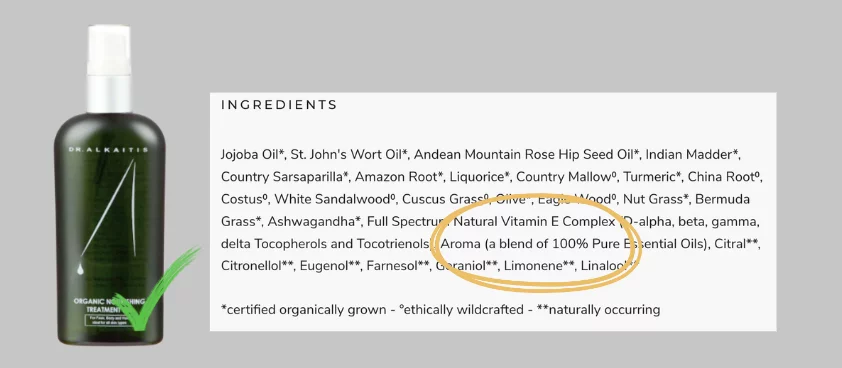
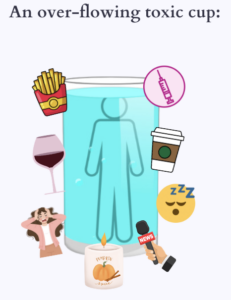
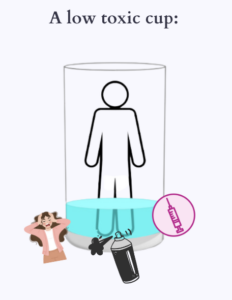


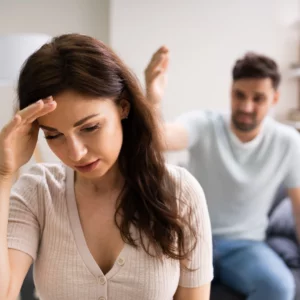
 ).
).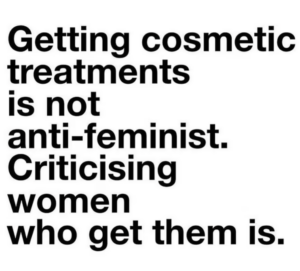

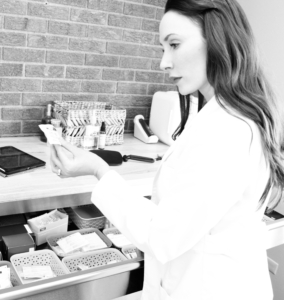
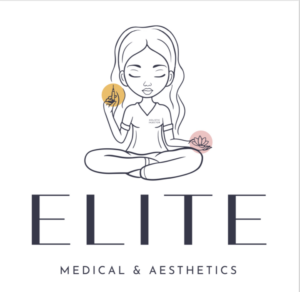

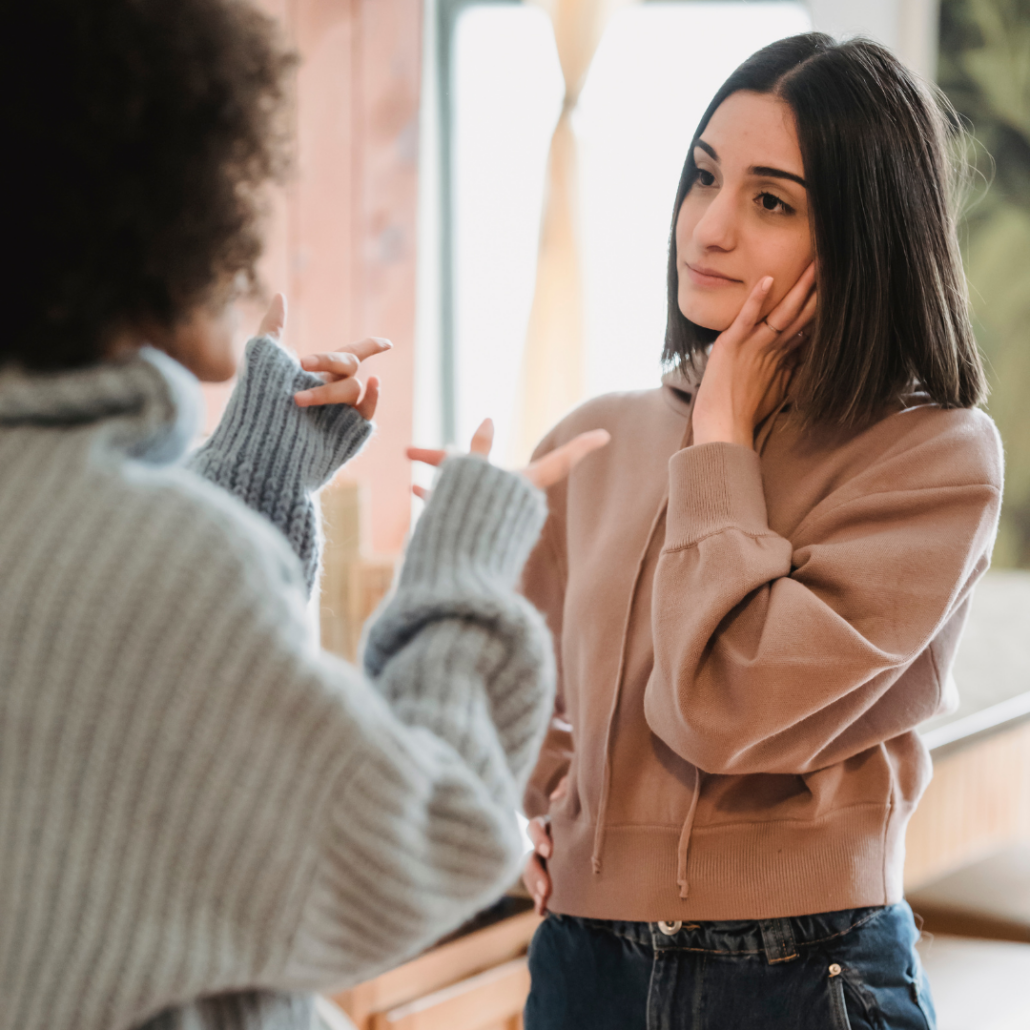


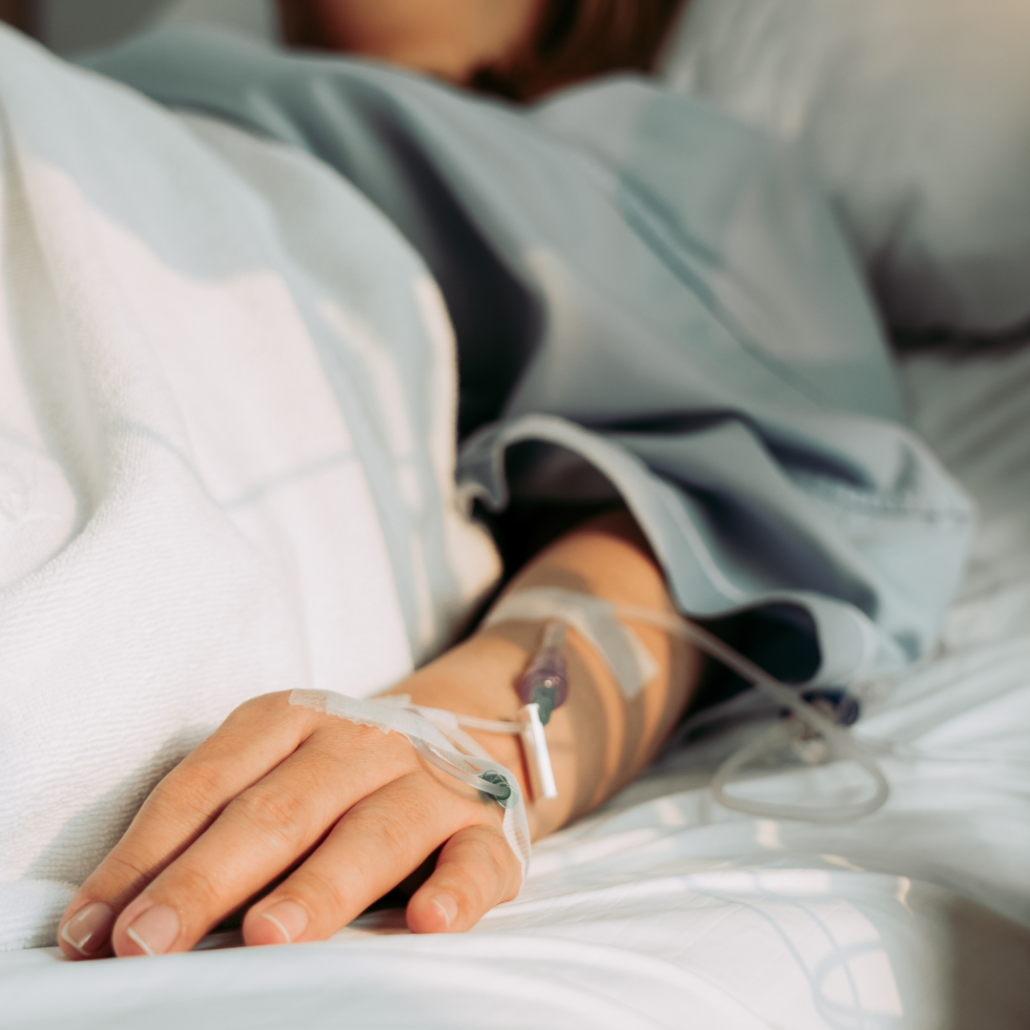
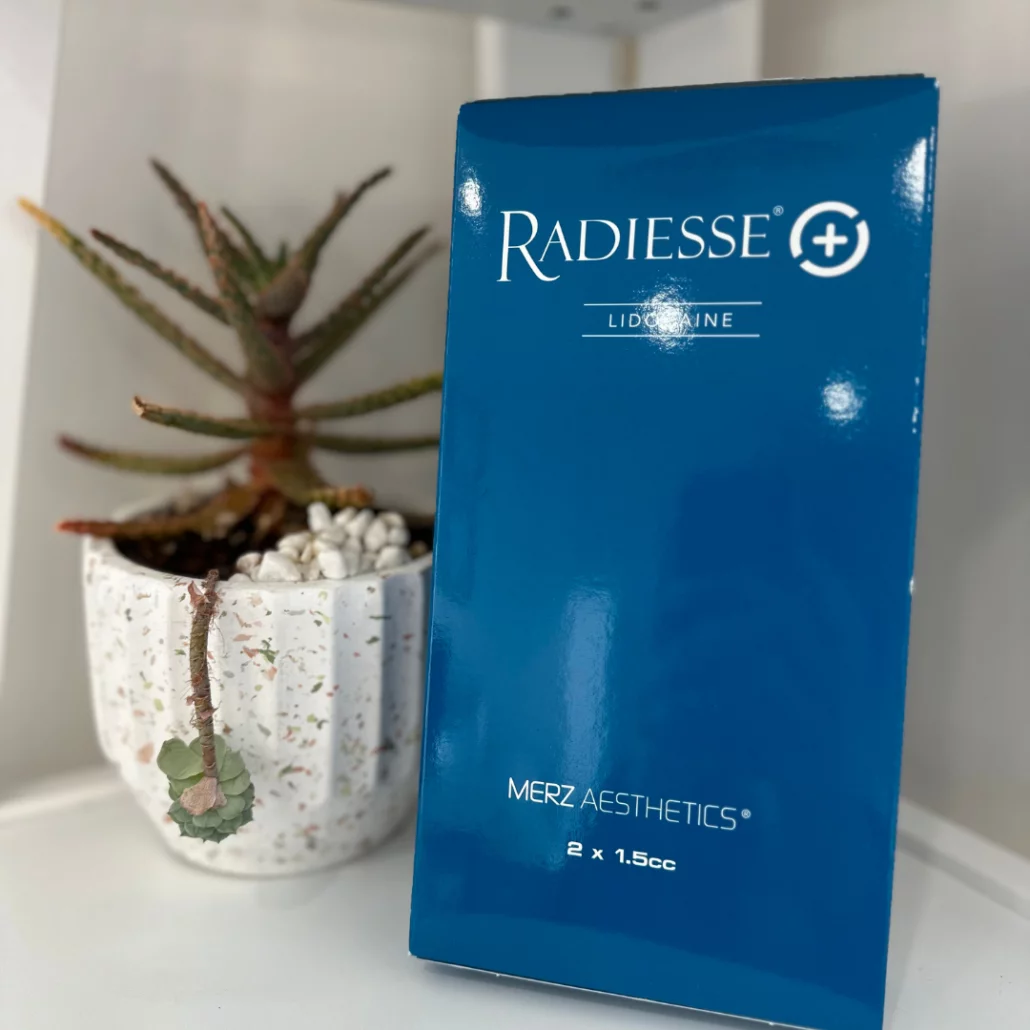
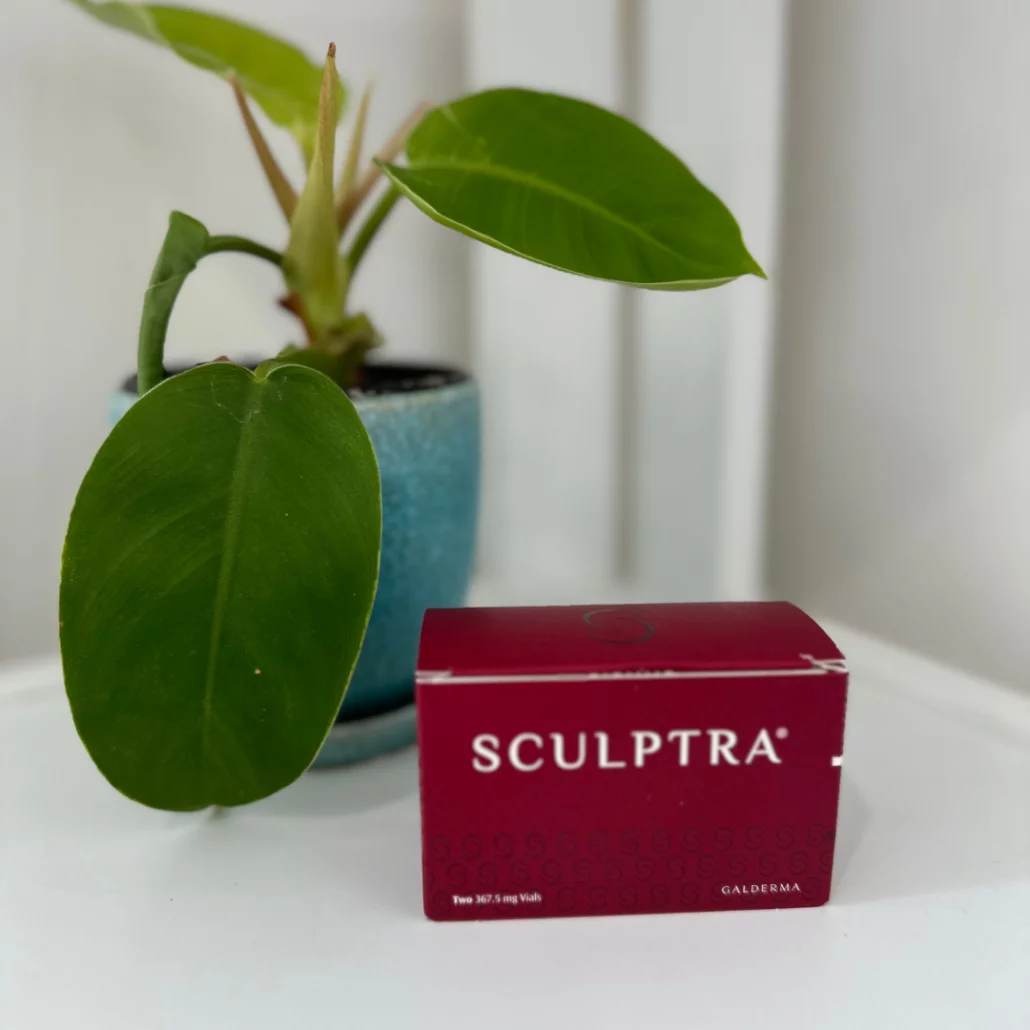
 ).
).
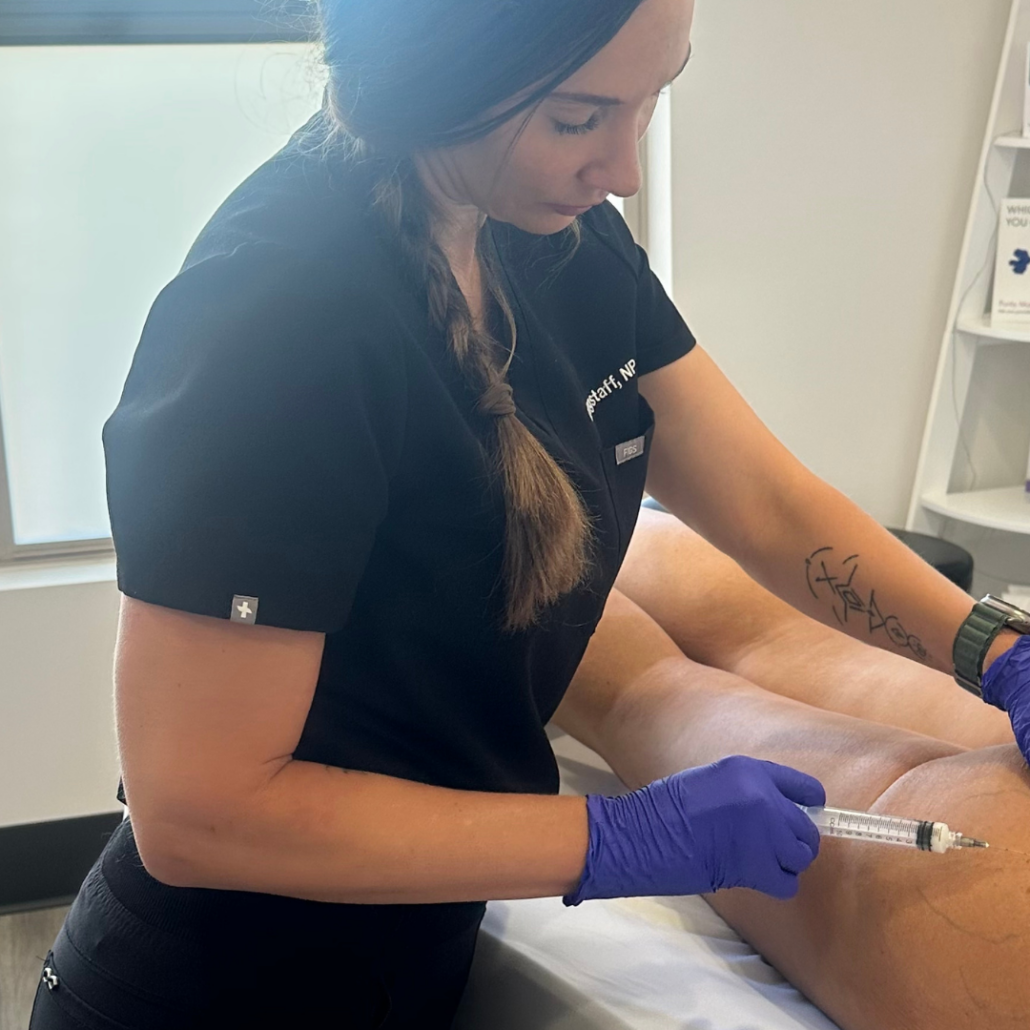
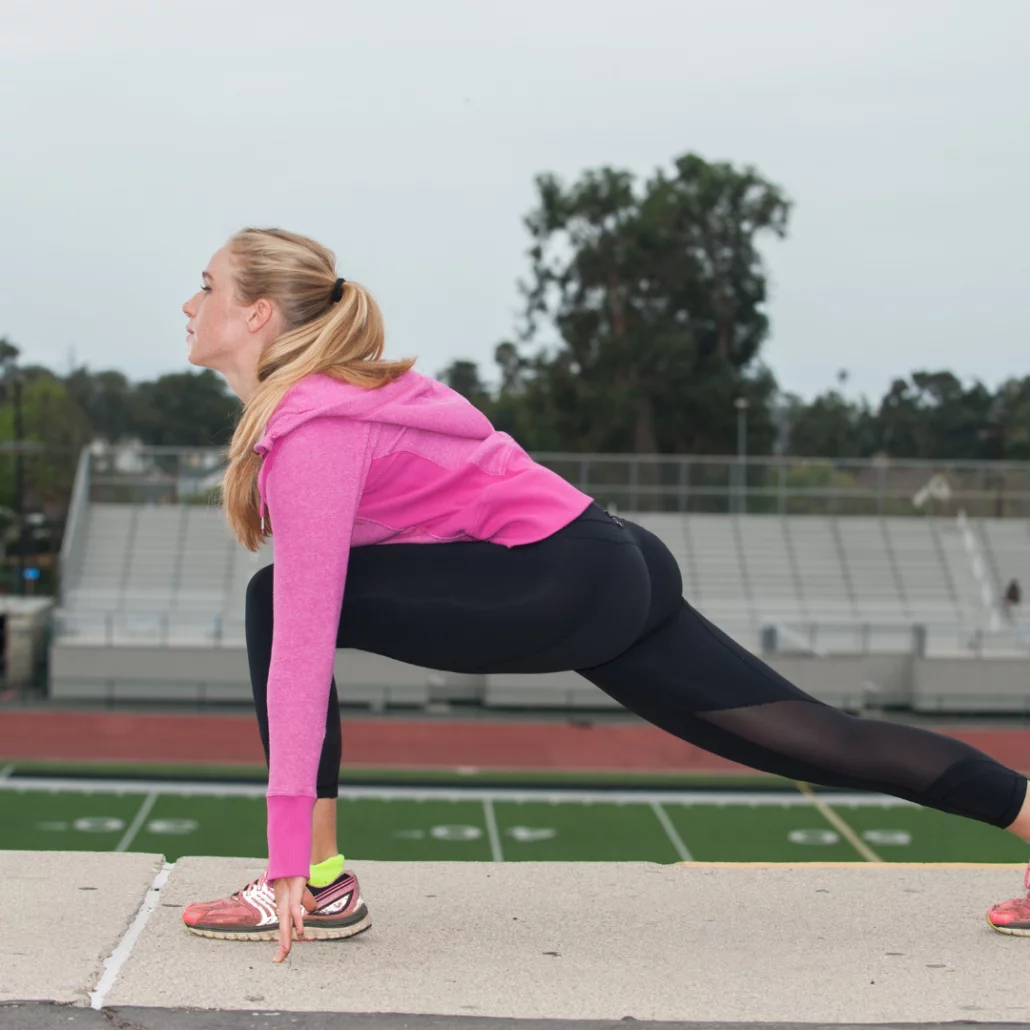

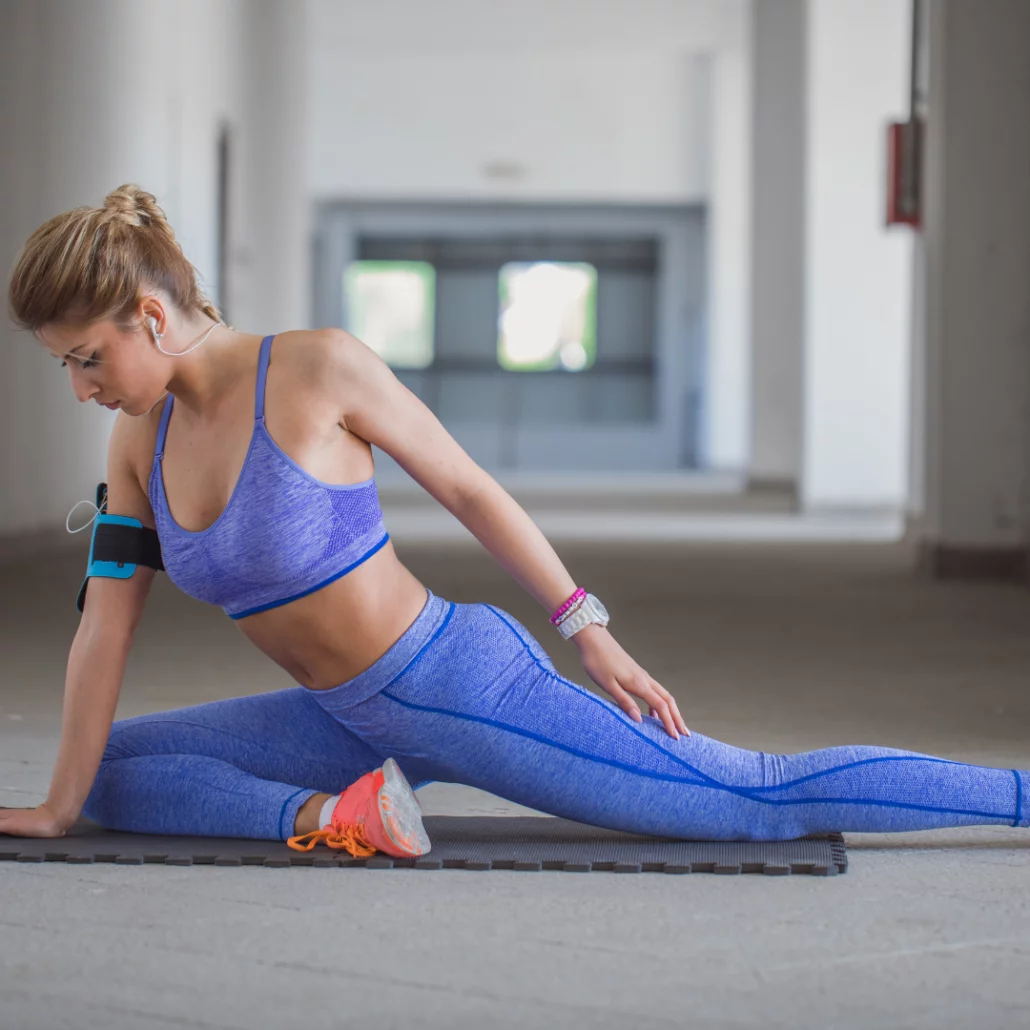
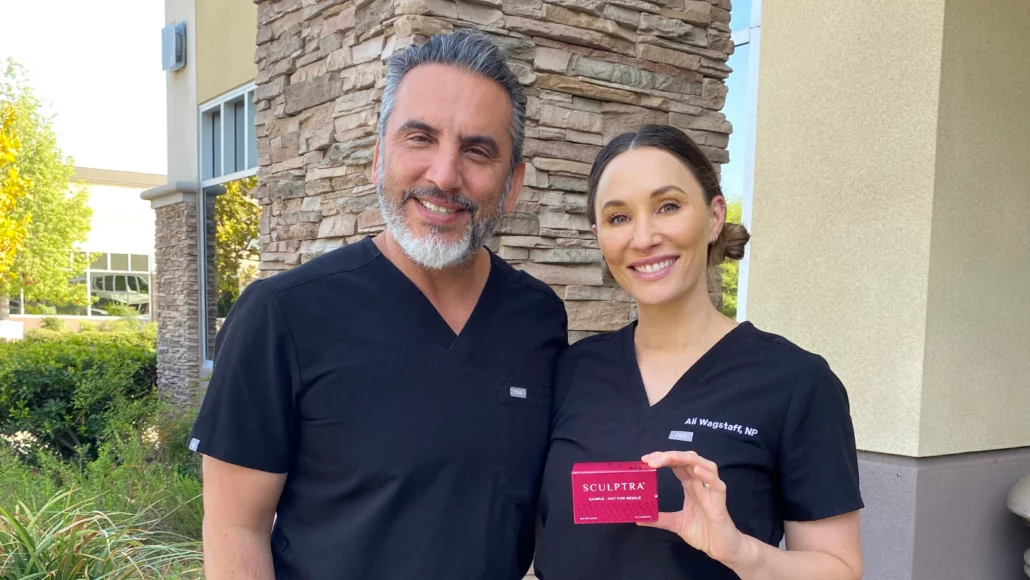
 )
)
